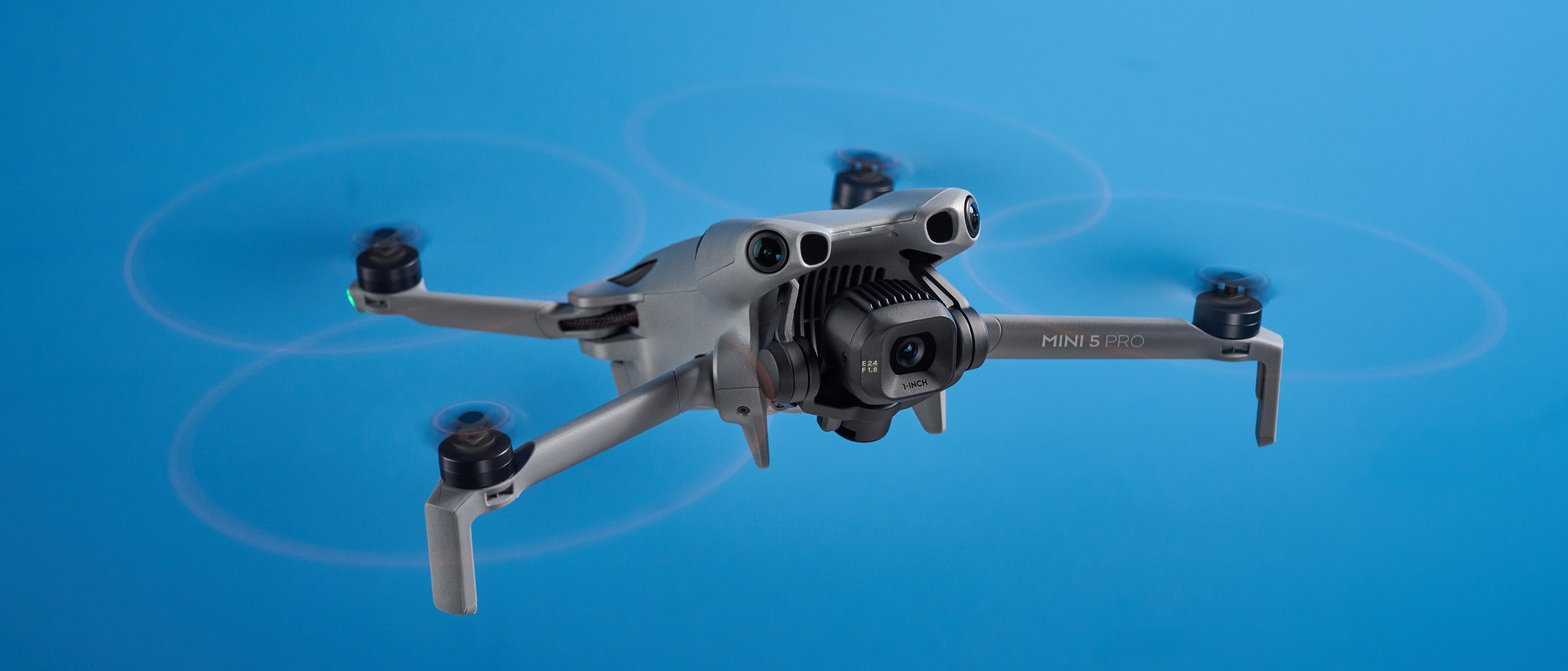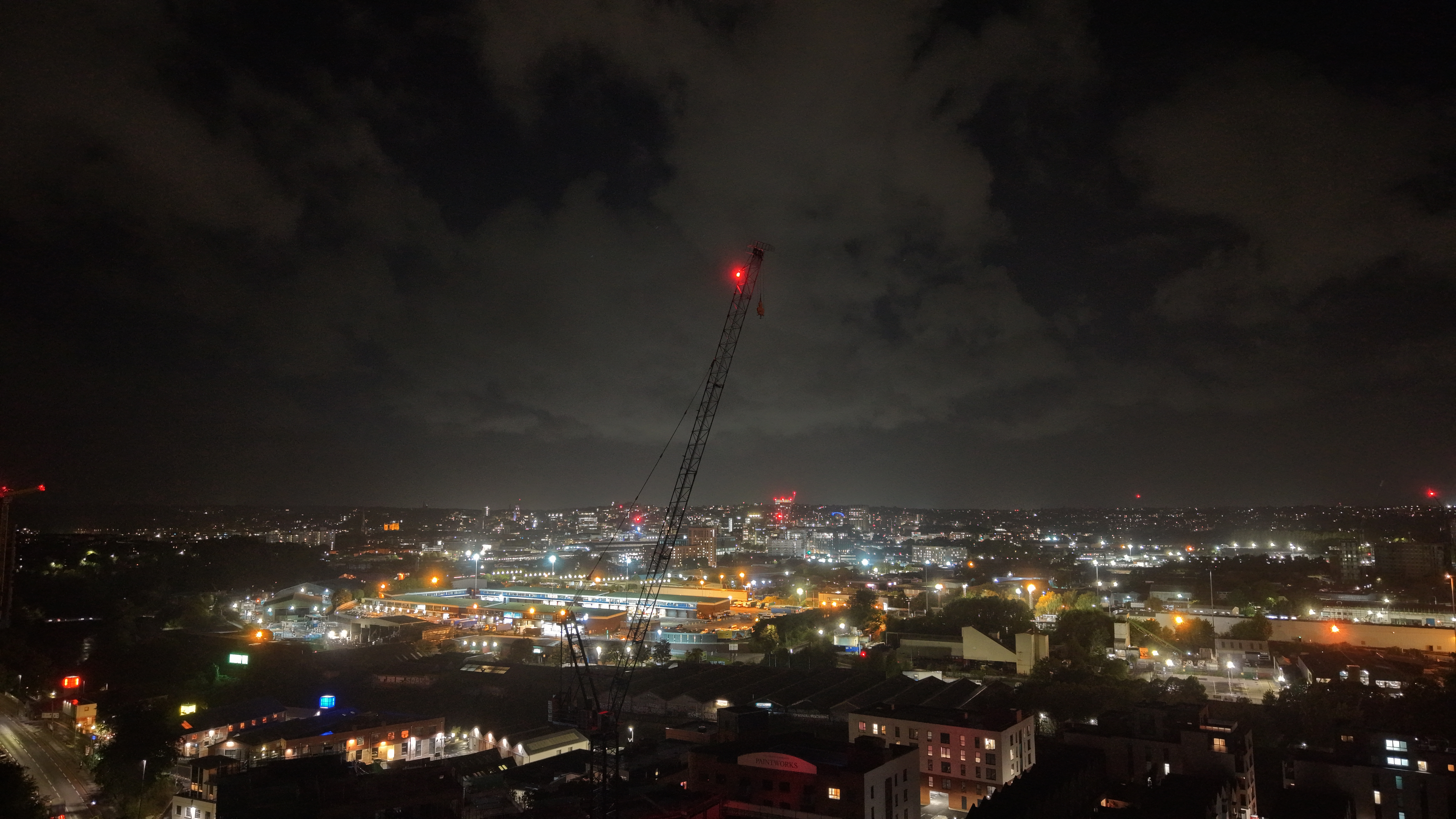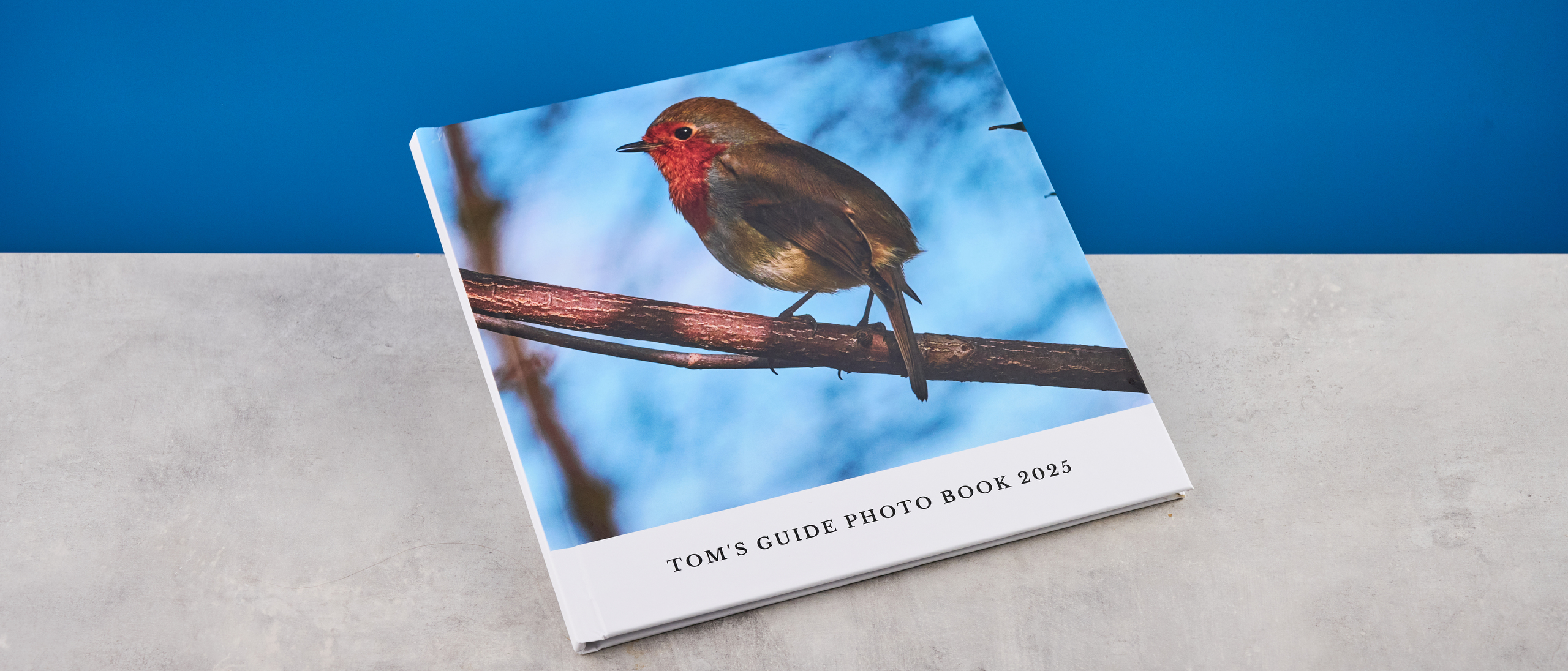Tom's Guide Verdict
The DJI Mini 5 Pro sets a new standard for safety and imaging quality in mini drones. With omnidirectional obstacle avoidance and forward-facing LiDAR, the drone is capable of returning home even without GPS. It introduces a few notable upgrades as compared to its predecessor: a 1-inch sensor for improved low-light performance, 225° gimbal rotation, all while retaining a compact form factor. While its battery life hasn’t received a massive upgrade, it’s still a formidable drone — and it’s the new gold standard for beginner quadcopters.
Pros
- +
1-inch sensor for improved low-light performance
- +
225° gimbal rotation for dynamic movement
- +
Stunning 4K/60fps video
- +
Omnidirectional avoidance and LiDAR
- +
Still compact and lightweight
Cons
- -
Only slightly longer battery life compared to predecessor
Why you can trust Tom's Guide
The best drones can help take your content creation skills to the next level but they can also be heaps of fun to fly. In recent years, drone videography has become more accessible thanks to mini drones, but these quadcopters usually come with some restrictions, such as not having the best obstacle avoidance or the biggest sensors. Well, the DJI Mini 5 Pro fixes every problem I’ve encountered with mini drones, and it sets a new gold standard.
When I first flew the Mini 5 Pro a few weeks ago, I instantly fell in love with it, and my first impressions told me it could be the drone to beat — and I’m pleased to say I have not been proven wrong after having conducted my battery of tests. It improves on its predecessor by introducing a large 1-inch sensor, forward-facing LiDAR for better obstacle avoidance, a free moving gimbal, all while maintaining a compact size.
If you’ve been meaning to upgrade or buy your first drone even, your search might be over. To find out why, read my full DJI Mini 5 Pro review.

I’m a licensed drone pilot based in the U.K., and as part of the reviews team, I put drones through their paces by analyzing features and image/video quality, and pushing battery life to the limit to answer the age old question: is it worth your money?
DJI Mini 5 Pro review: Specs
Specs | DJI Mini 5 Pro |
|---|---|
Price | |
Flight time | 36 minutes |
FAA/CAA registration | Not required |
Cameras | One |
Image sensor | 50MP 1-inch CMOS |
ISO | 100-12,800 (Normal) | 100-3200 (D-Log M) | 100-3200 (HLG) |
Shutter speed | 1/8,000s-2s |
Aperture | f/1.8 |
Focus | 0.5m to ∞ |
Max video resolution | 4K/60fps, 4K/120fps, FHD/240fps |
Stabilization | Three-axis mechanical gimbal |
Indoor use | No |
Propellers | Four |
Max takeoff altitude | 6000m |
Max flight distance | 13.04 miles (21km) |
Navigation system | GPS, Galileo, BeiDou |
Collision avoidance | Omnidirectional with forward-facing LiDAR |
Smartphone control | No |
Internal storage | Yes, 42GB |
microSD card slot | Yes, V30 or higher |
Size | 14.96 x 11.96 x 3.58 inches (unfolded, with propellers) |
Weight | 8.81oz (249.9g) |
DJI Mini 5 Pro review: Cheat sheet
- What is it? The successor to the two-year-old DJI Mini 4 Pro
- Who is it for? For beginners or content creators who want a lightweight drone offering pro-level features
- How much does it cost? The DJI Mini 5 Pro starts at $1,397 / £689
- What do we like? The large 1-inch sensor and improved low-light performance, omnidirectional obstacle avoidance with LiDAR, stunning 4K/60fps footage, and so much more
- What don’t we like? Battery life isn’t vastly different from the DJI Mini 4 Pro’s
DJI Mini 5 Pro review: Price & availability
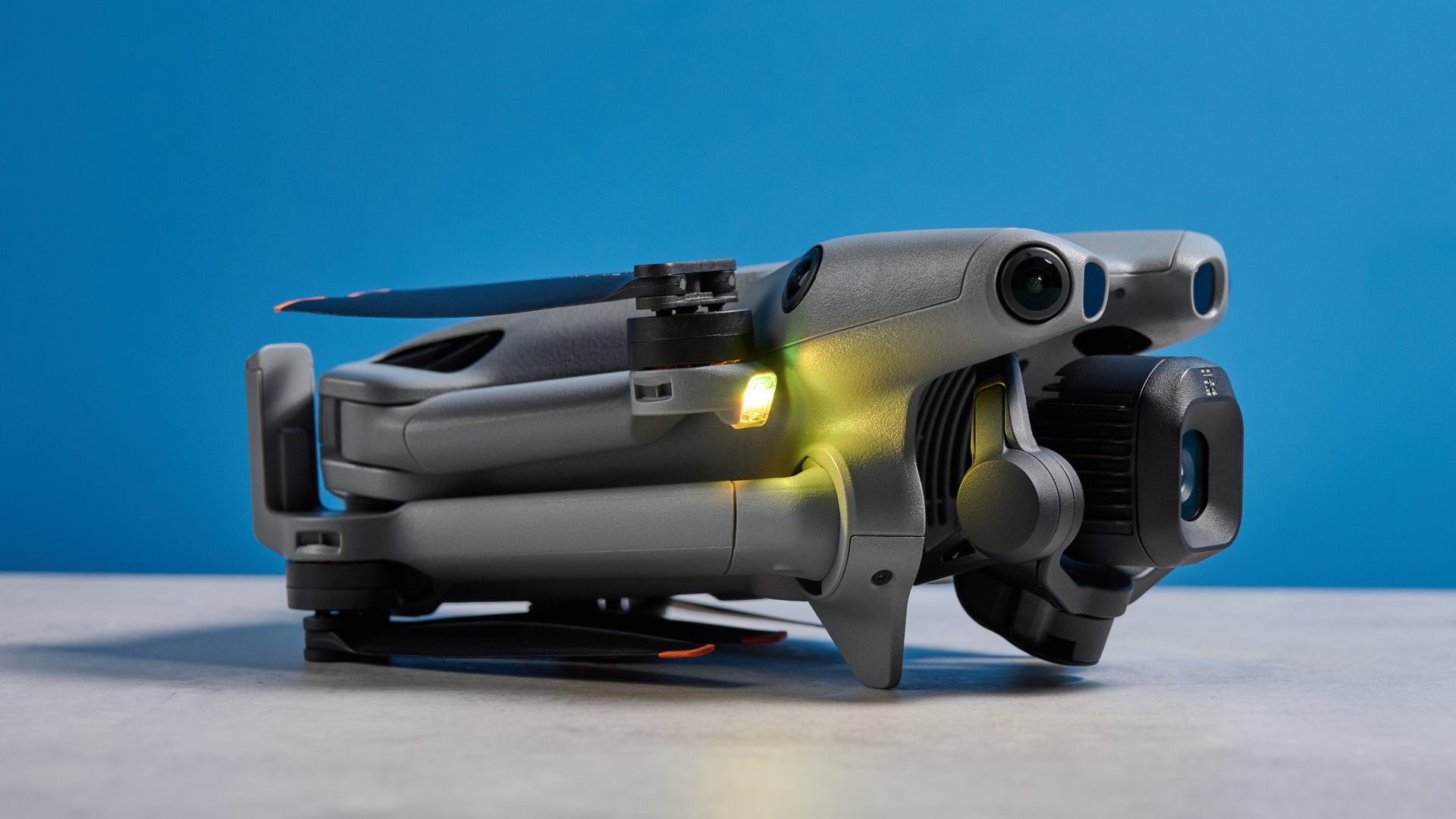
Launched on 17 September 2025, the DJI Mini 5 Pro has a retail price of $1,397 at Amazon U.S. / £689 at Amazon U.K. for the drone and the RC-N3 controller. That price jumps up to £869 if you get the RC-N3 Fly More combo or to $1,708 / £979 for the RC 2 combo, both of which include two additional Intelligent Flight Batteries, a two-way charging hub, a shoulder bag, and an ND filter set.
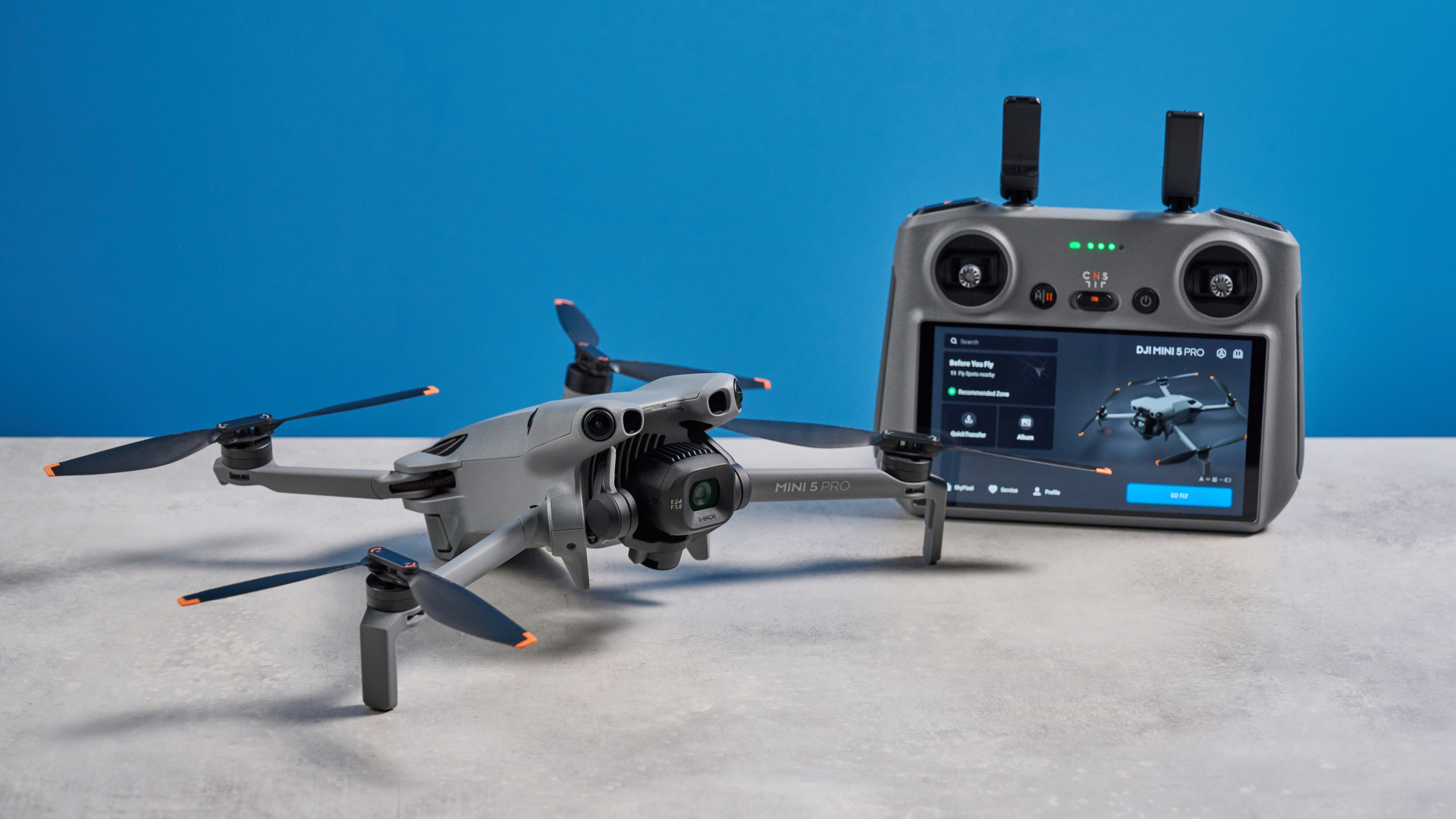
Alas, the Mini 5 Pro isn’t available directly through DJI. According to a DJI representative: “DJI remains dedicated to the U.S. market and is optimizing our strategy to best serve our customers amidst evolving local conditions.” This was also the case with the DJI Mavic 4 Pro ($2,699) when it first came out back in May, but recently, it has become available through third-party retailers, just like the Mini 5 Pro.
The Mini 5 Pro is priced the same as its predecessor, the DJI Mini 4 Pro, making it a formidable and accessible upgrade. It’s pricier than the DJI Flip ($439) and the Potensic Atom 2 ($329) but it offers a lot more in terms of shooting capabilities and stabilization, making it ideal for enthusiasts and content creators.
DJI Mini 5 Pro review: Design
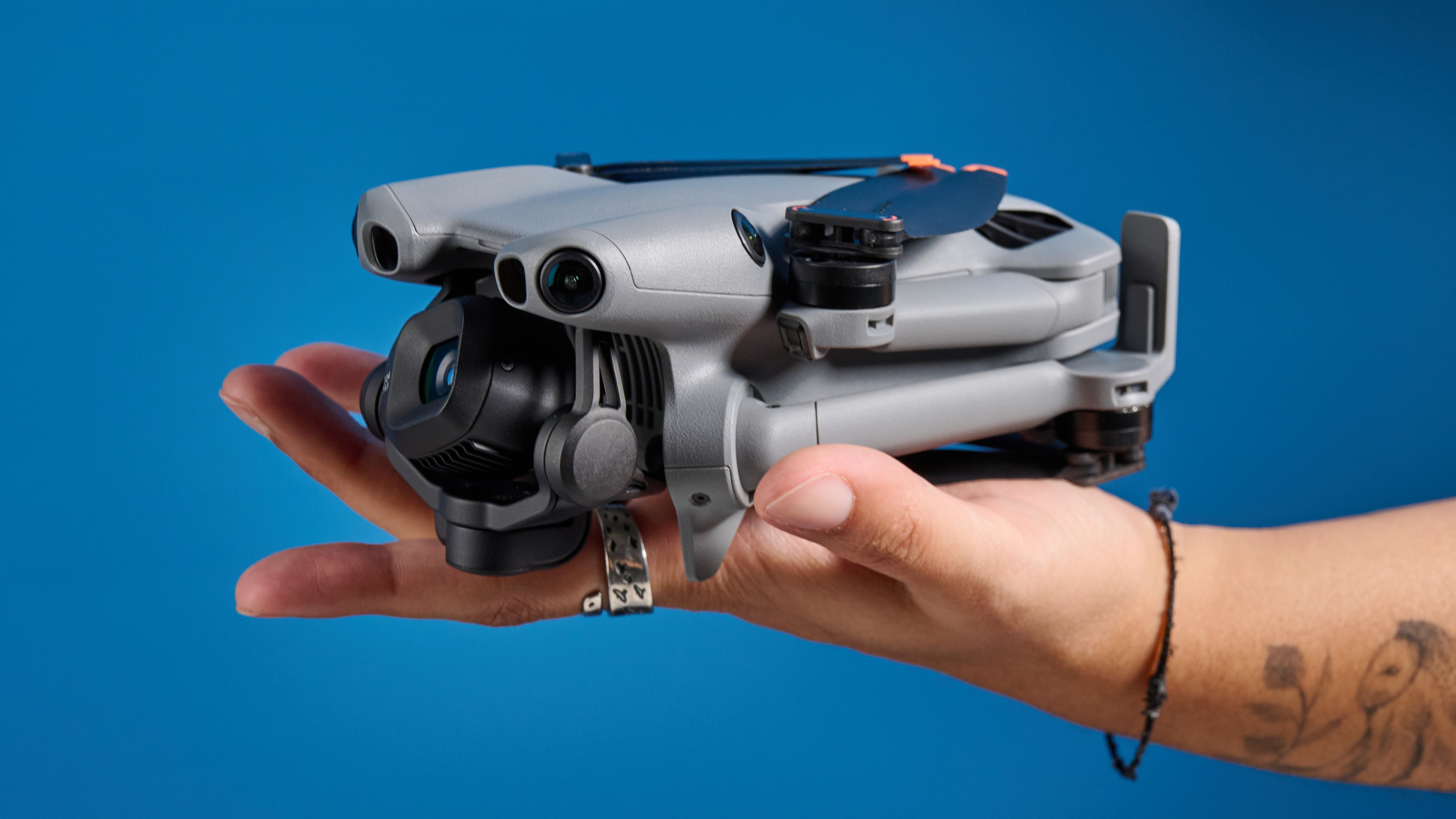
The DJI Mini 5 Pro is what you’d get if the DJI Air 3S ($1,099) and the DJI Mavic 4 Pro had a baby. Instead of sporting a light grey color like its predecessor, the Mini 5 Pro is wrapped in a darker shade which makes it look more premium, in my opinion. The drone’s gimbal cover low-key resembles the Mavic 4 Pro’s too. It has a strap that hooks onto the rear vents, securely holding the propeller blades in place.
Get instant access to breaking news, the hottest reviews, great deals and helpful tips.
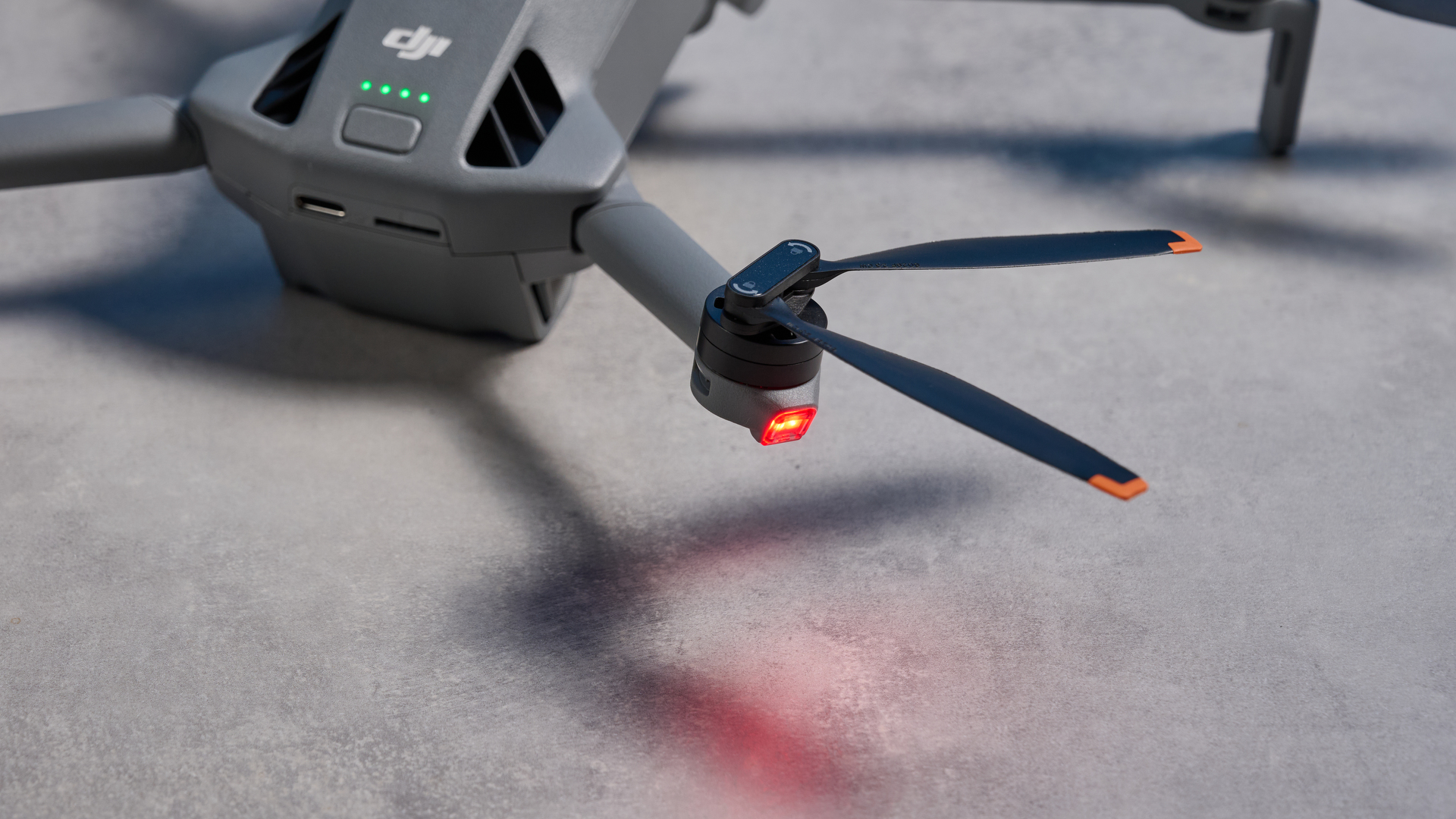
There’s another similarity between the Mini 5 Pro and the Mavic 4 Pro: both drones’ rear propeller arms don’t have legs to stand on. The front propeller arms’ legs keep the drone steady for takeoff, and the lack of rear legs enables the drone to land more easily on uneven surfaces — or when you don’t have enough surface area to land on.
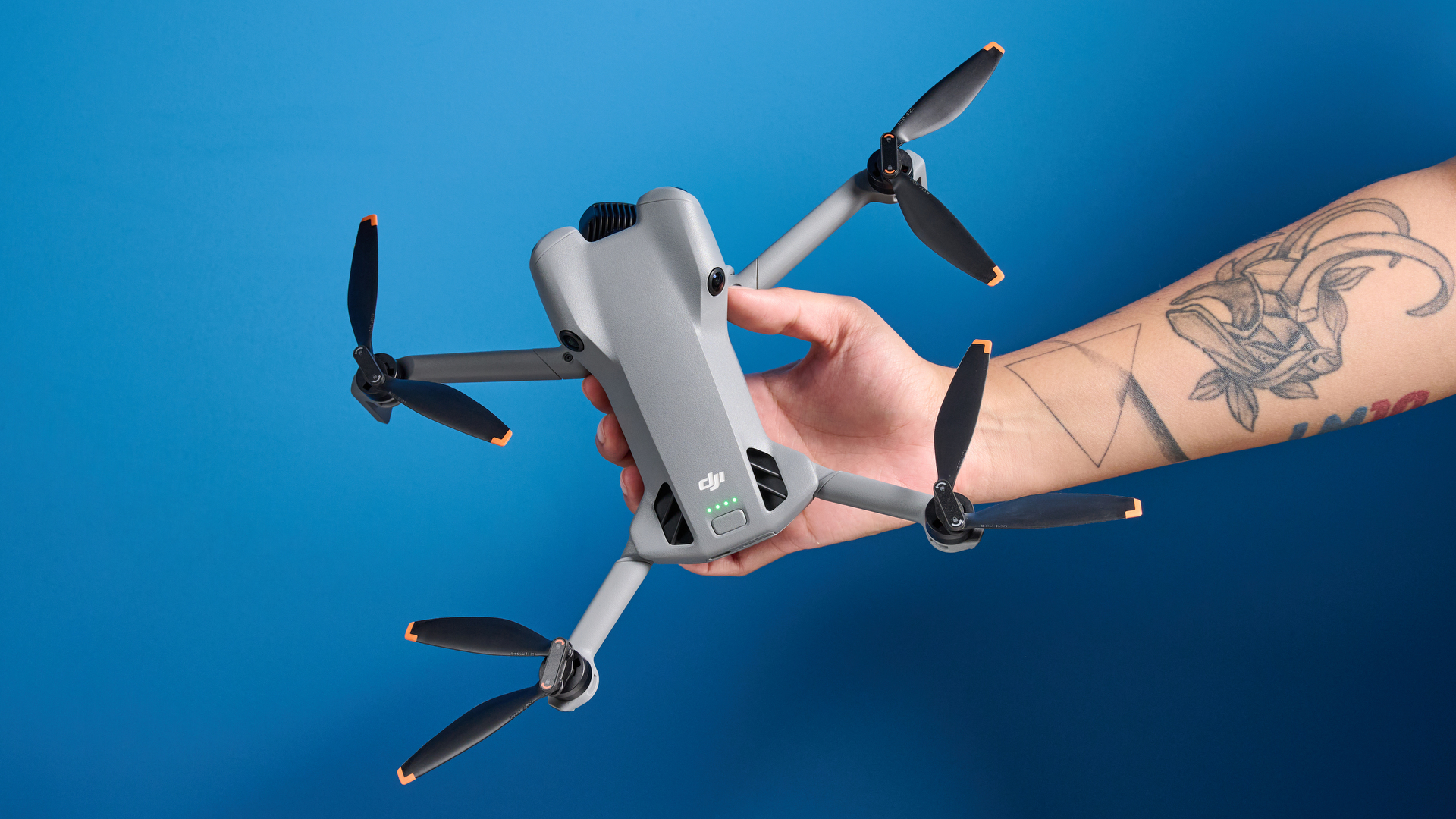
As its name suggests, the Mini 5 Pro is a mini quadcopter, measuring just 14.96 x 11.96 x 3.58 inches (unfolded, with propellers), and it becomes even more compact when its propellers are folded, making it easy to travel with. It isn’t very heavy either, weighing 8.81oz / 249.9g when using an Intelligent Flight Battery, which makes it a Class C0 drone.
Insert an Intelligent Flight Battery Plus and that pushes it into Class C1 where more restrictions apply. You can read a detailed comparison between the different classes here. DJI has included C0 and C1 stickers in the box so just stick the appropriate one to the drone before you go flying. So while it isn’t necessary to register the drone with the F.A.A. in the U.S. or the C.A.A. in the U.K., I’d recommend doing so anyway so that you can fly the drone legally should you get an Intelligent Flight Battery Plus.
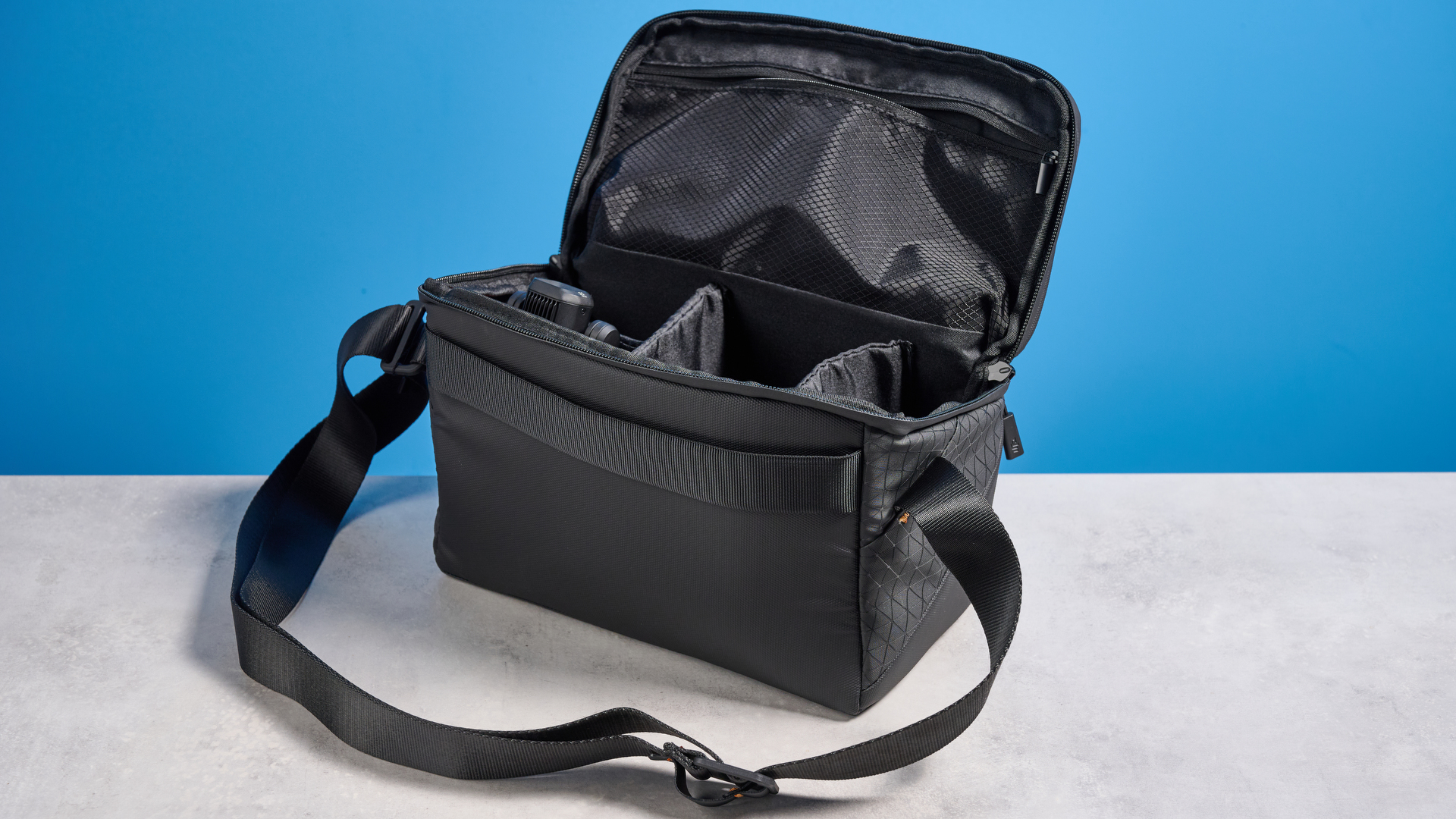
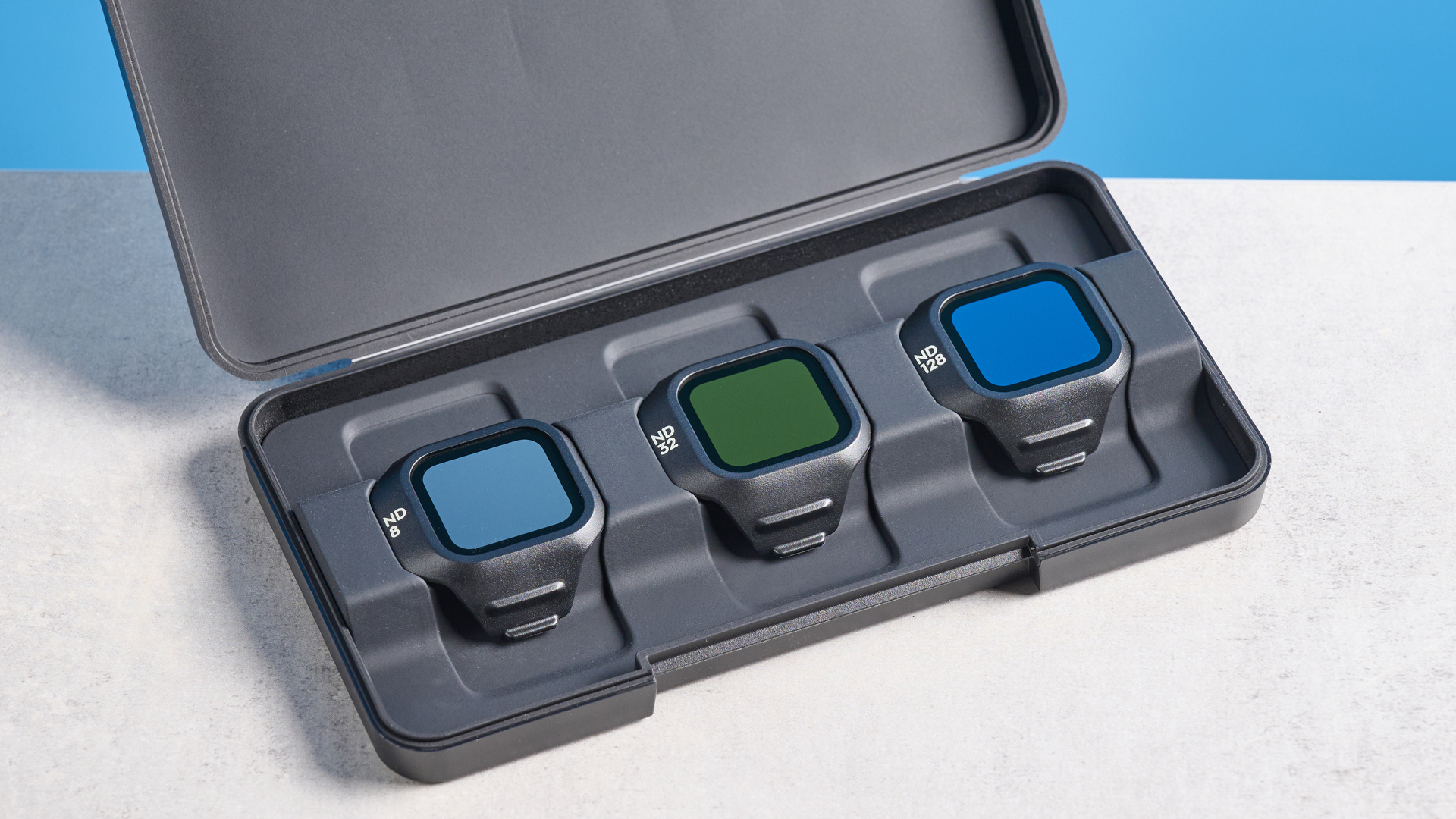
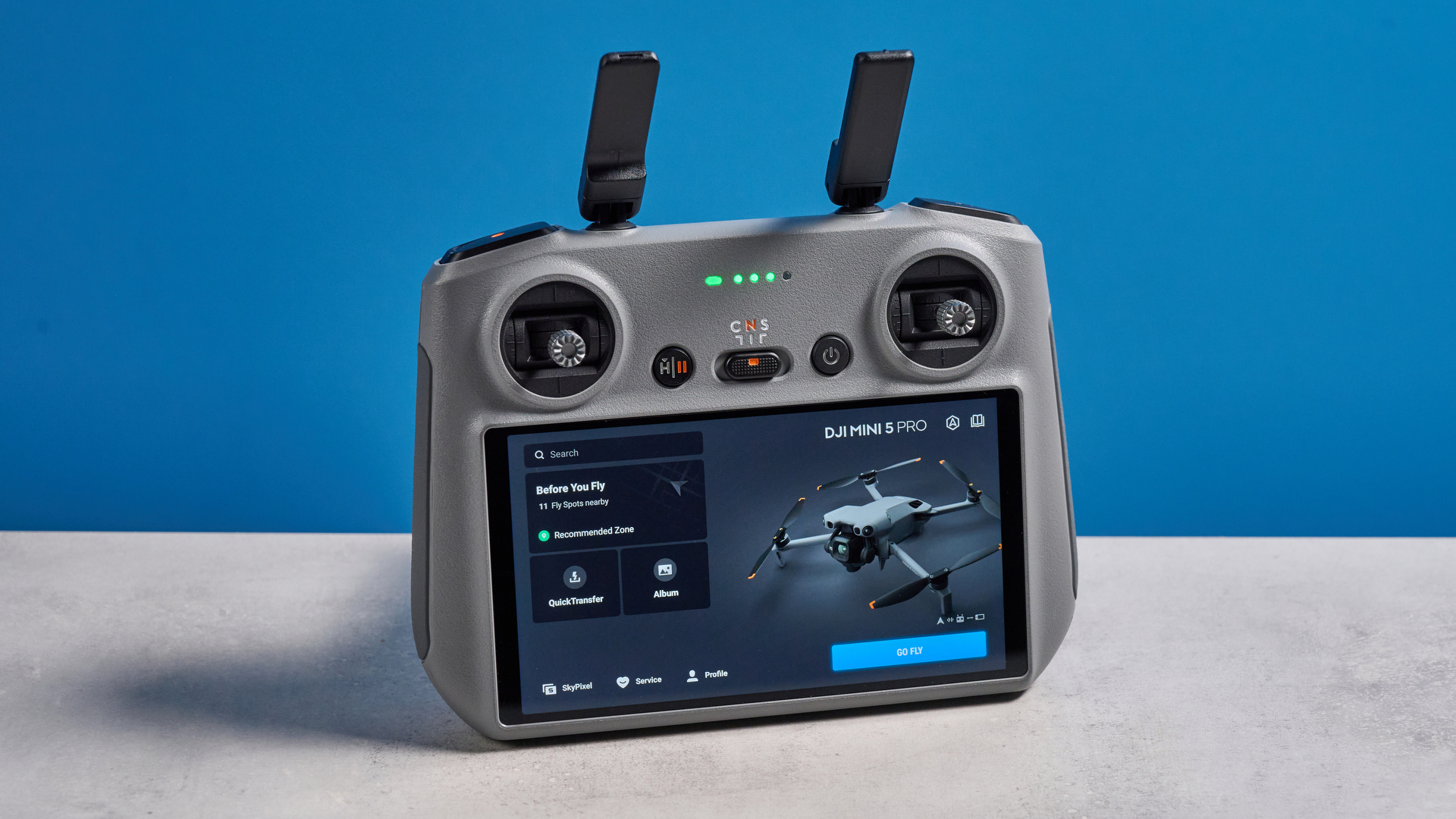
Included in the Mini 5 Pro’s Fly More box is a shoulder bag which has plenty of room for storing the drone, charging hub, controller, spare propellers and more. I even stuffed my Nintendo Switch in there to see if I could carry the bag with ease — and I could!
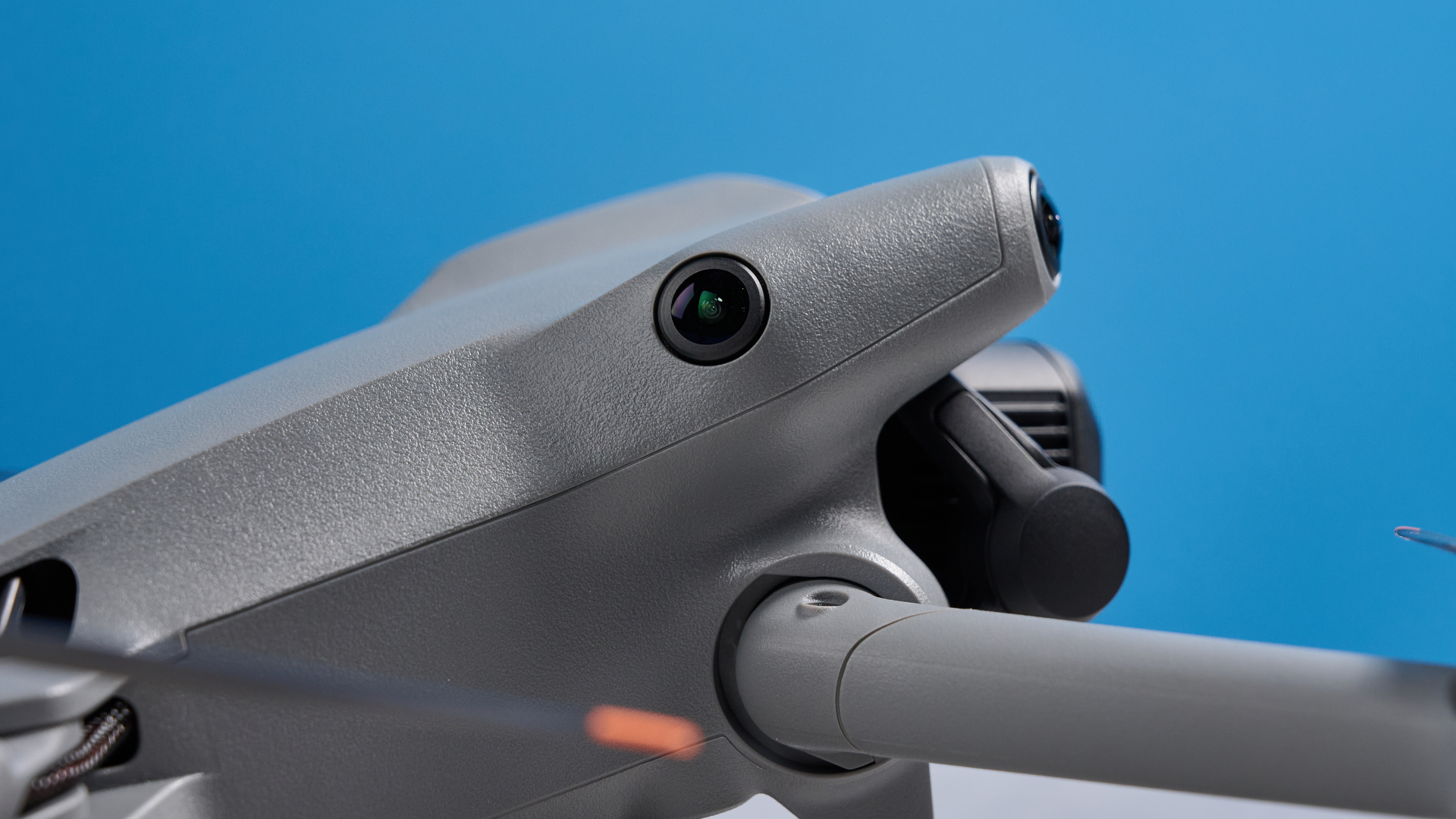
As for build quality, it’s solid and I can tell the drone is built well when I tap my nails against it. I expect nothing less from DJI. Overall, the Mini 5 Pro knocks it out of the park with its design… and its features, so let’s talk about them next.
DJI Mini 5 Pro review: Features
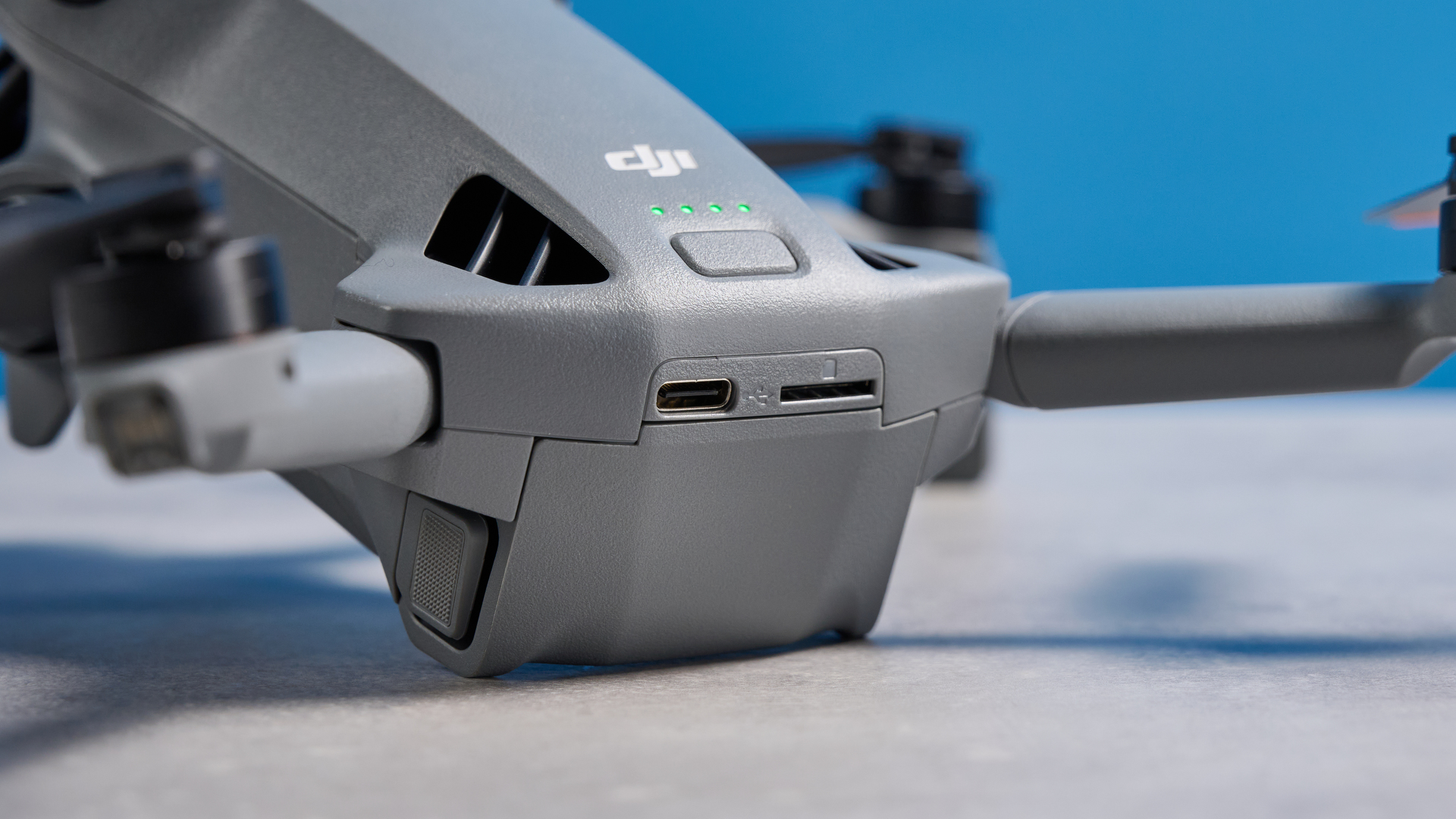
The DJI Mini 5 Pro feels like the DJI Mavic 4 Pro’s nephew, having inherited some pro-level specs you don’t always find in mini or sub-250g drones. It packs cutting-edge tech such as advanced safety features, a rotating gimbal, and fantastic wind resistance.
At 13.04 miles, its flight distance is two miles longer than the DJI Mini 4 Pro’s when using an Intelligent Flight Battery, and this jumps to 19.88 miles versus 15.53 miles when using an Intelligent Flight Battery Plus. Internal storage has received a massive upgrade too, and you now get 42GB of it versus a measly 2GB on the Mini 4 Pro. There’s also a microSD card slot if you want more storage space.
Sensor
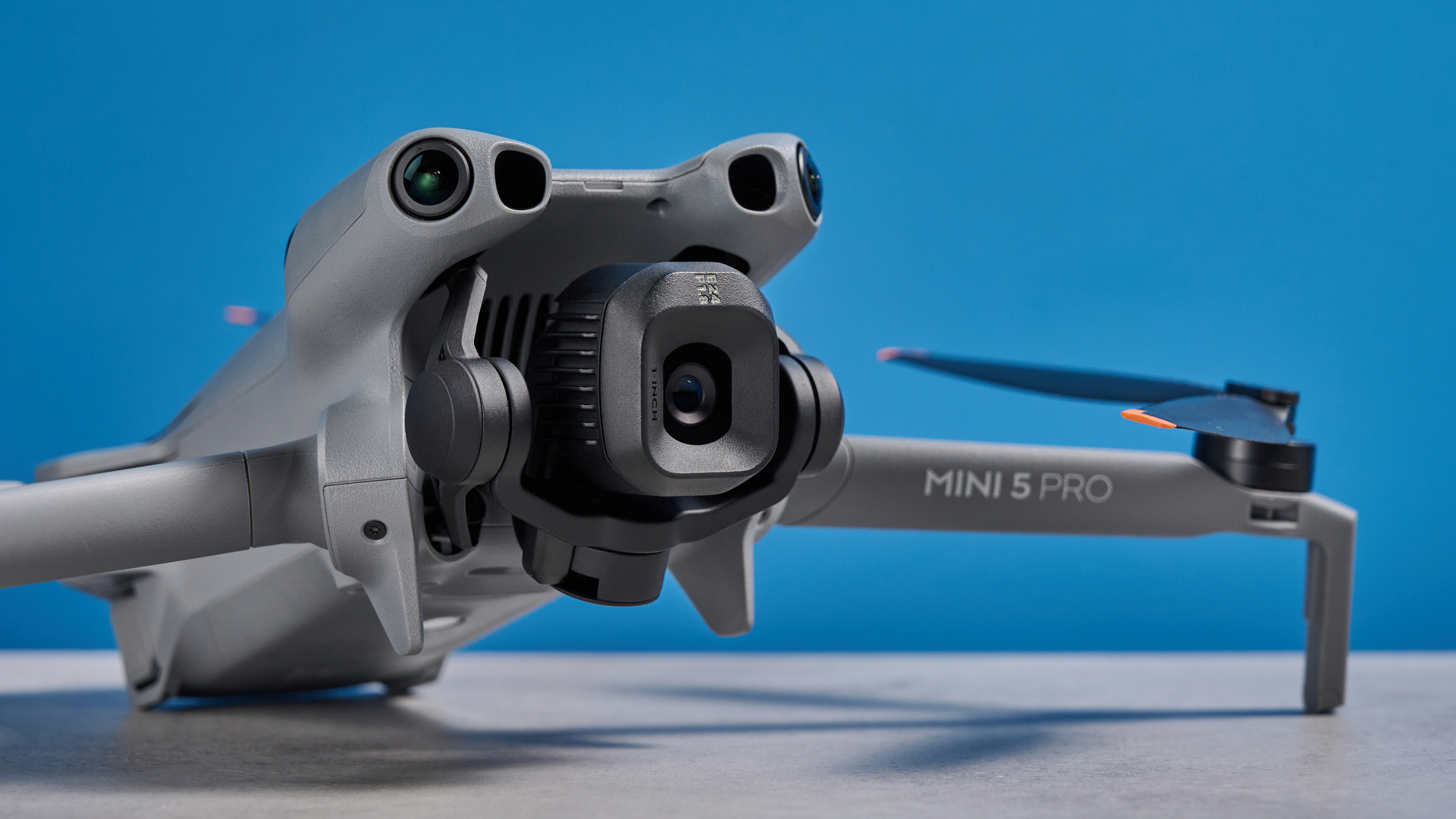
One of the biggest differences between the Mini 5 Pro and the Mini 4 Pro is the camera’s sensor size. While its predecessor hosted a smaller 1/1.3-inch CMOS sensor, the Mini 5 Pro boasts a larger 1-inch CMOS sensor. The bigger sensor means you now get improved low-light performance with reduced noise and a wider dynamic range. This, in fact, is the largest sensor on a mini drone yet. For context, the Potensic Atom 2 has a 1/1.2-inch sensor and the DJI Flip has a 1/1.3-inch sensor.
The lens’ maximum aperture has narrowed, though, from f/1.7 on the Mini 4 Pro to f/1.8 but the difference is fairly negligible. There’s a fairly wide ISO range available when you’re shooting video too: 100-12,800 in Normal mode, 100-3200 in D-Log M and HLG. The Mini 5 Pro can capture 50MP stills as opposed to the Mini 4 Pro being able to capture 48MP ones only. You get a variable shutter speed of 1/8,000s-2s and the added ability to capture RAW photos for more flexibility in post-production.
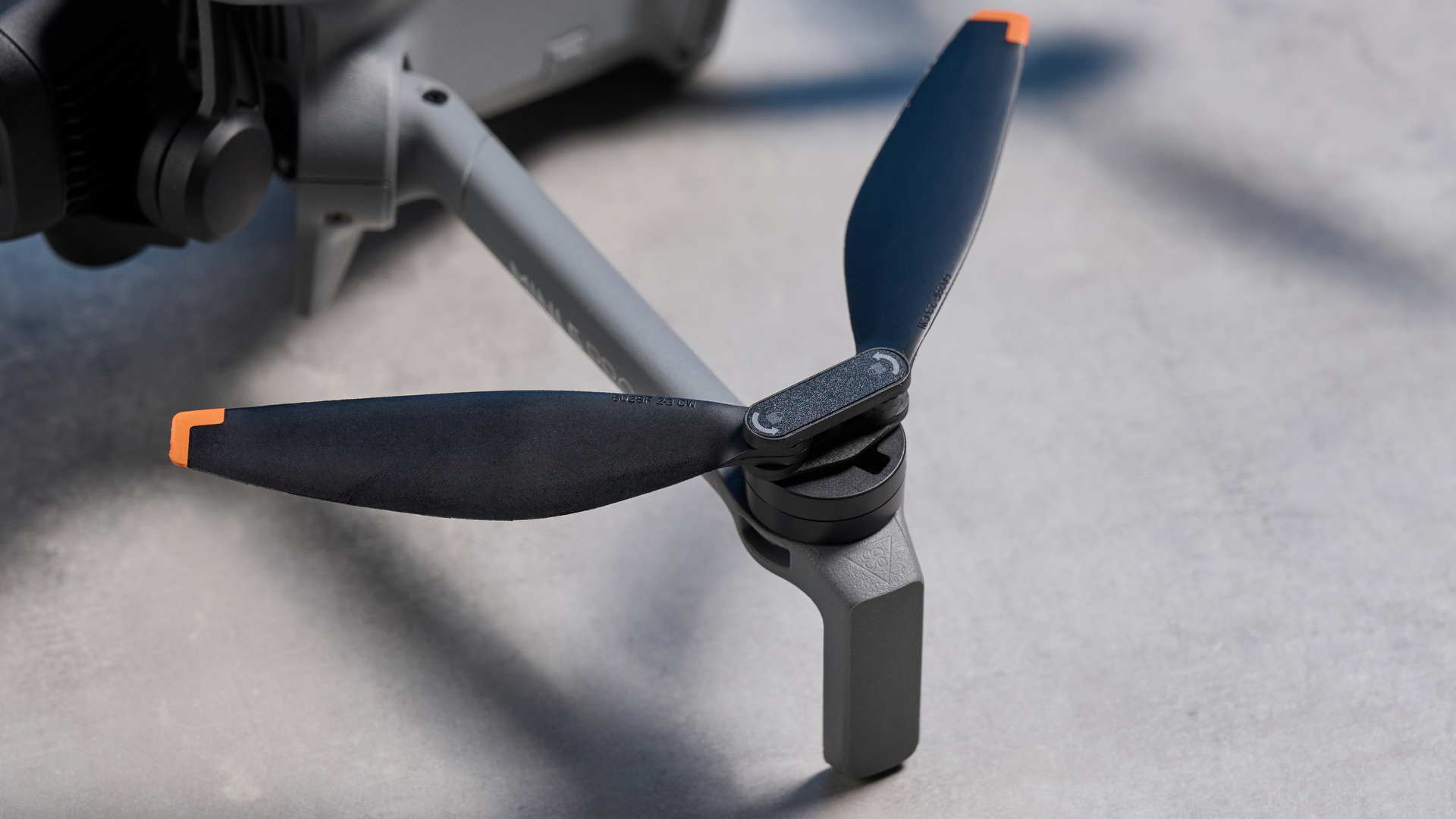
Video specs remain fairly similar with both the Mini 4 Pro and the Mini 5 Pro being able to record 4K/60fps footage. The Mini 5 Pro can shoot slow-mo 4K footage at 120fps (versus 100fps on the Mini 4 Pro) and FHD slow-mo is bumped up to 240fps (versus 200fps on the Mini 4 Pro). For a detailed comparison between the two drones, check out my Mini 5 Pro vs. Mini 4 Pro face-off.
Gimbal
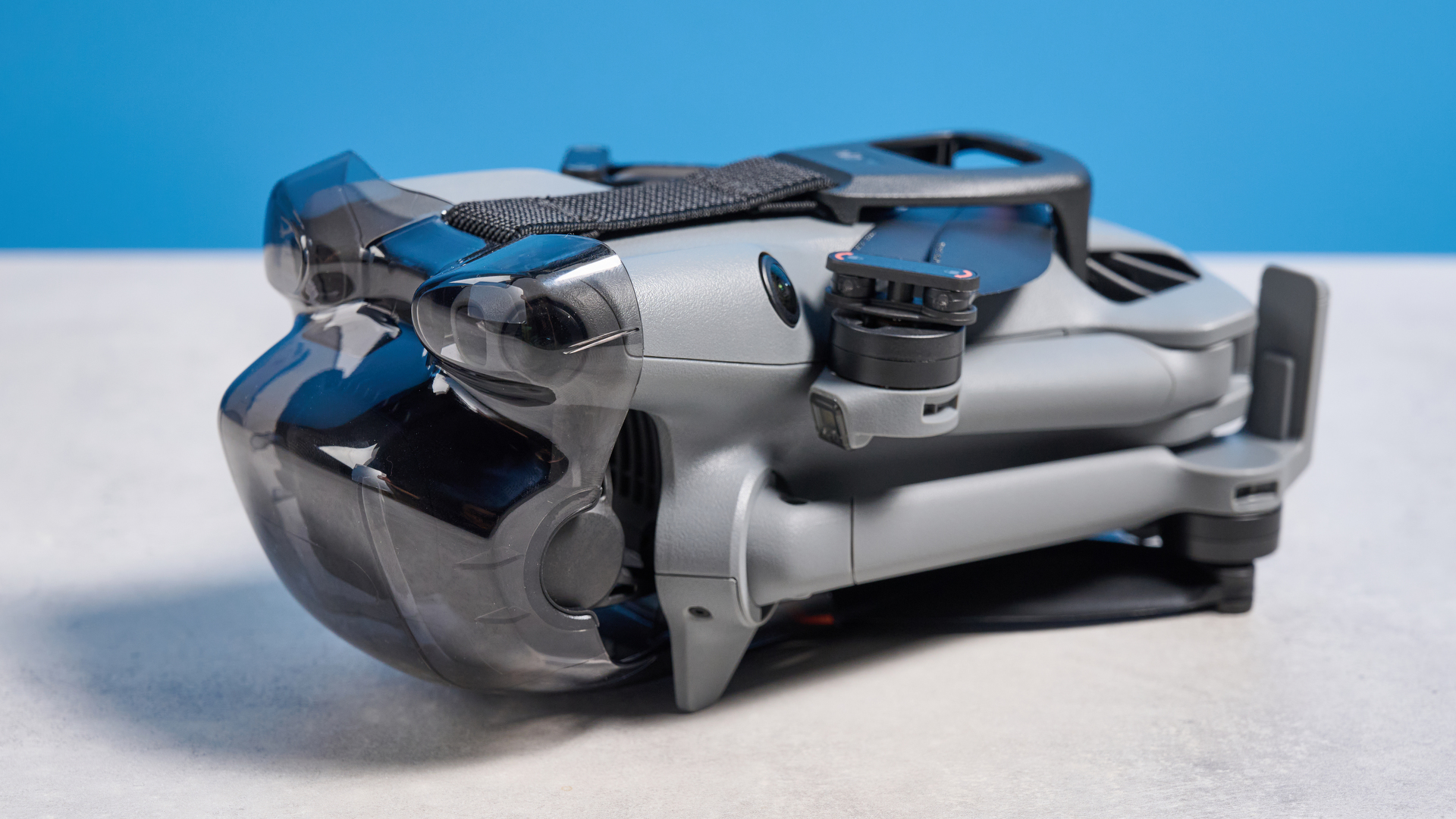
The weeks leading up to the Mini 5 Pro’s launch were riddled with rumors and leaks, and the introduction of the 1-inch sensor wasn’t exactly a surprise. However, I didn’t anticipate a big upgrade to the gimbal which DJI kept under wraps. Similar to its very advanced uncle, the Mavic 4 Pro, the Mini 5 Pro features a 225° gimbal which enables flexible and dynamic camera movement as well as wide-angle rotation, giving you lots of creative freedom.
This can be paired with the Mini 5 Pro’s Intelligent Flight Modes and QuickShots too for creating mind-blowing footage easily — perfect for content creation. You can enable fluid gimbal movement by holding the C1 button on the controller and moving the right dial. You can see what this looks like in the video above.
Similar to the DJI Flip and the Potensic Atom 2, the Mini 5 Pro’s three-axis mechanical gimbal keeps footage stable and smooth as you pan, tilt and roll.
Wind resistance
On one of the days when I was testing the Mini 5 Pro, it was extremely windy in the U.K. and my weather app noted the wind was blowing at 21mph. Luckily, the Mini 5 Pro features fantastic wind resistance, rated at 12 m/s or 26.84mph (versus 10.7 m/s or 23.9mph on its predecessor).
The result? Well, you can see how well the drone handled it in the video above. The Mini 5 Pro held its own and didn't waver, with the resulting footage being stable and smooth. Both the Potensic Atom 2 and the DJI Flip, in comparison, can withstand windy conditions up to 10.7 m/s.
But of course, if you live by the sea where wind speeds are higher, I’d recommend getting a heavier drone that isn’t susceptible to gusts of wind, such as the DJI Air 3S or the DJI Mavic 4 Pro — both are much more expensive, though.
Obstacle avoidance
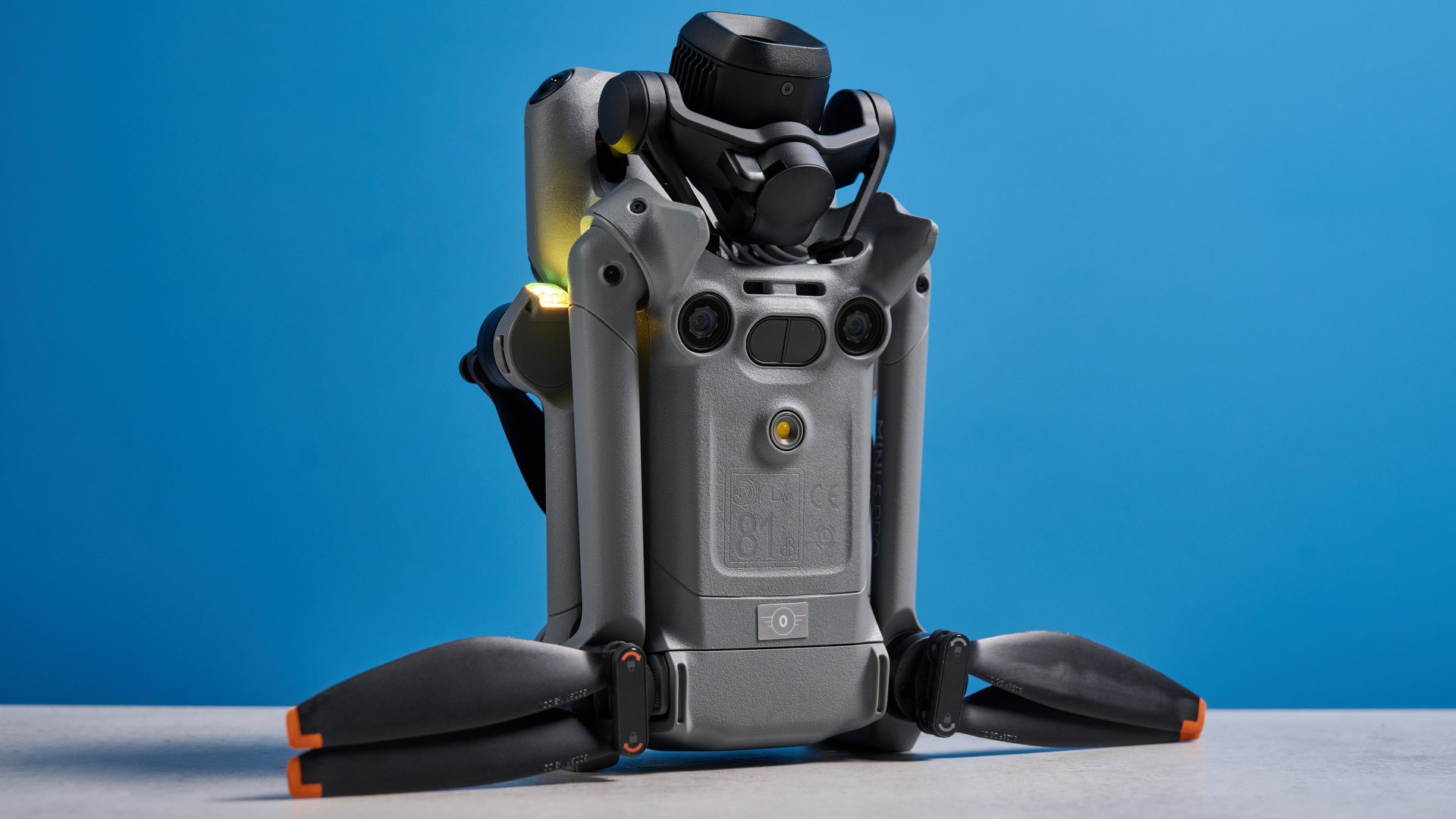
It’s like the list of upgrades never ends! The Mini 5 Pro comes with advanced safety features powered by omnidirectional obstacle avoidance with forward-facing LiDAR and an infrared sensor at the bottom of the aircraft. Both of these make the drone highly capable of either braking in front of or bypassing obstacles even in low-light conditions.
And speaking of, the Mini 5 Pro’s return-to-home feature works exceptionally well in dimly lit environments as it can memorize flight paths more accurately and can do so without GPS, thanks to the larger sensor as well as LiDAR. When I tested this out at nighttime, the drone didn’t struggle at all and promptly returned to where it took off from.
DJI Mini 5 Pro review: Image quality
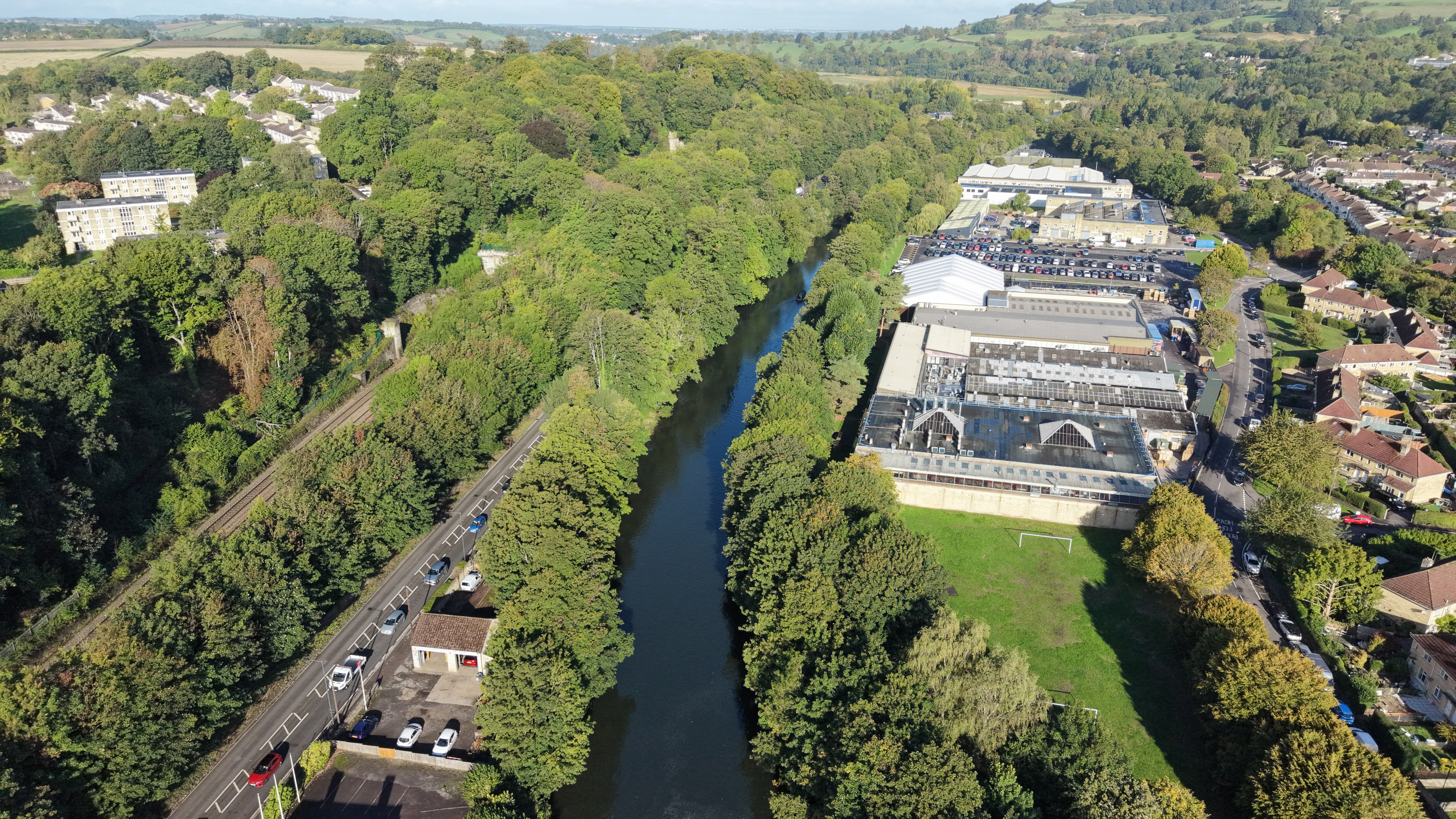
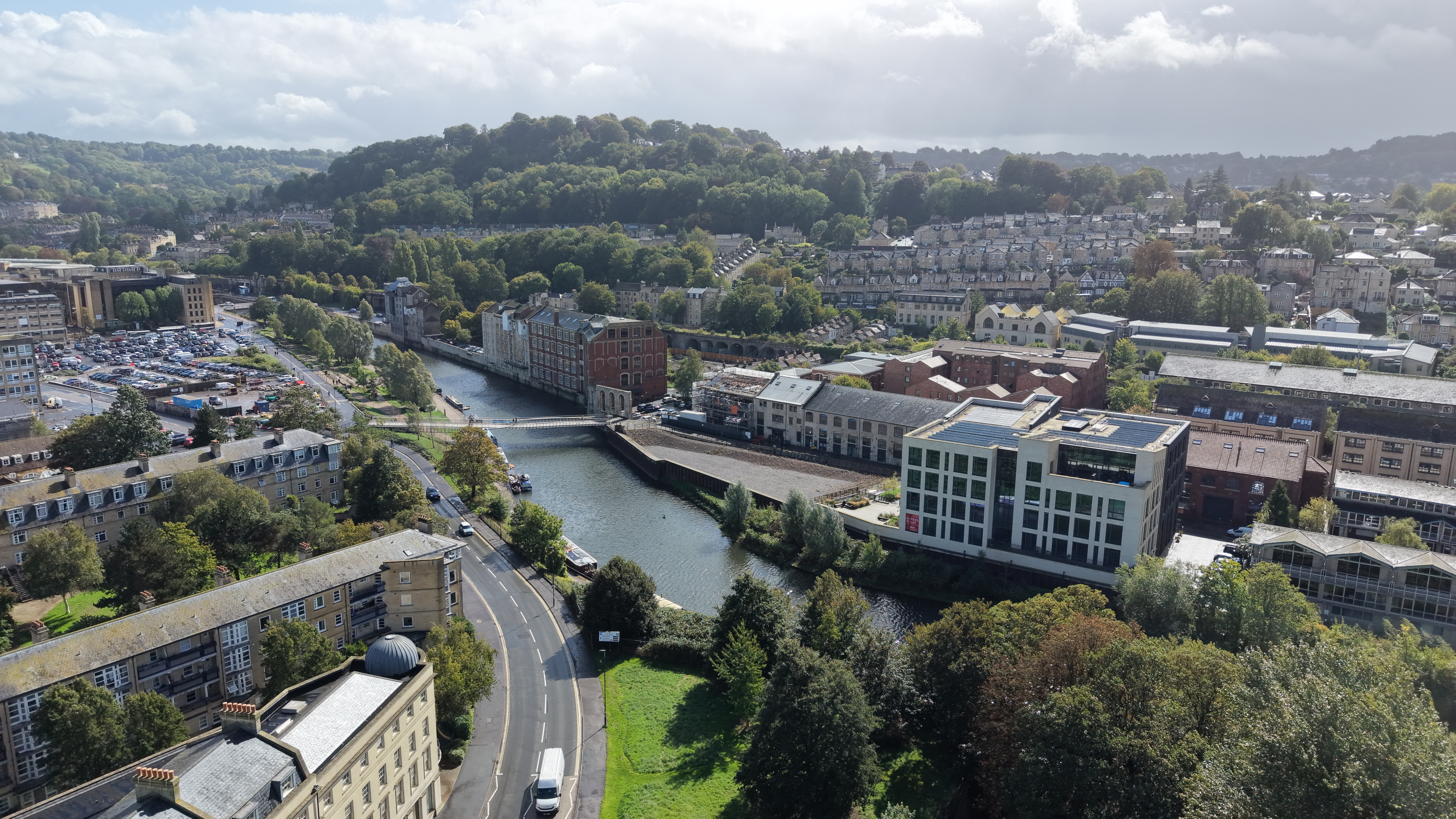
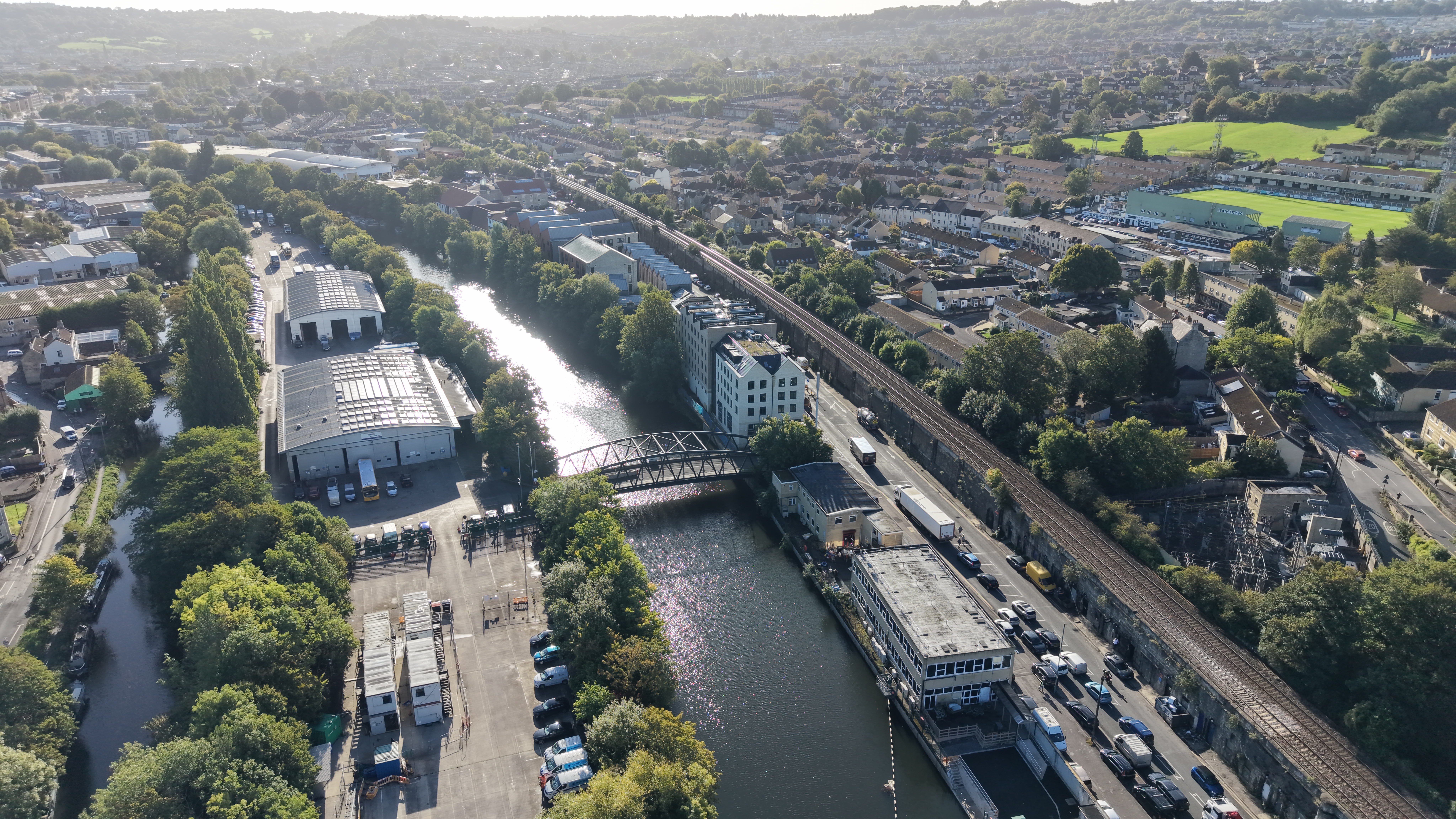
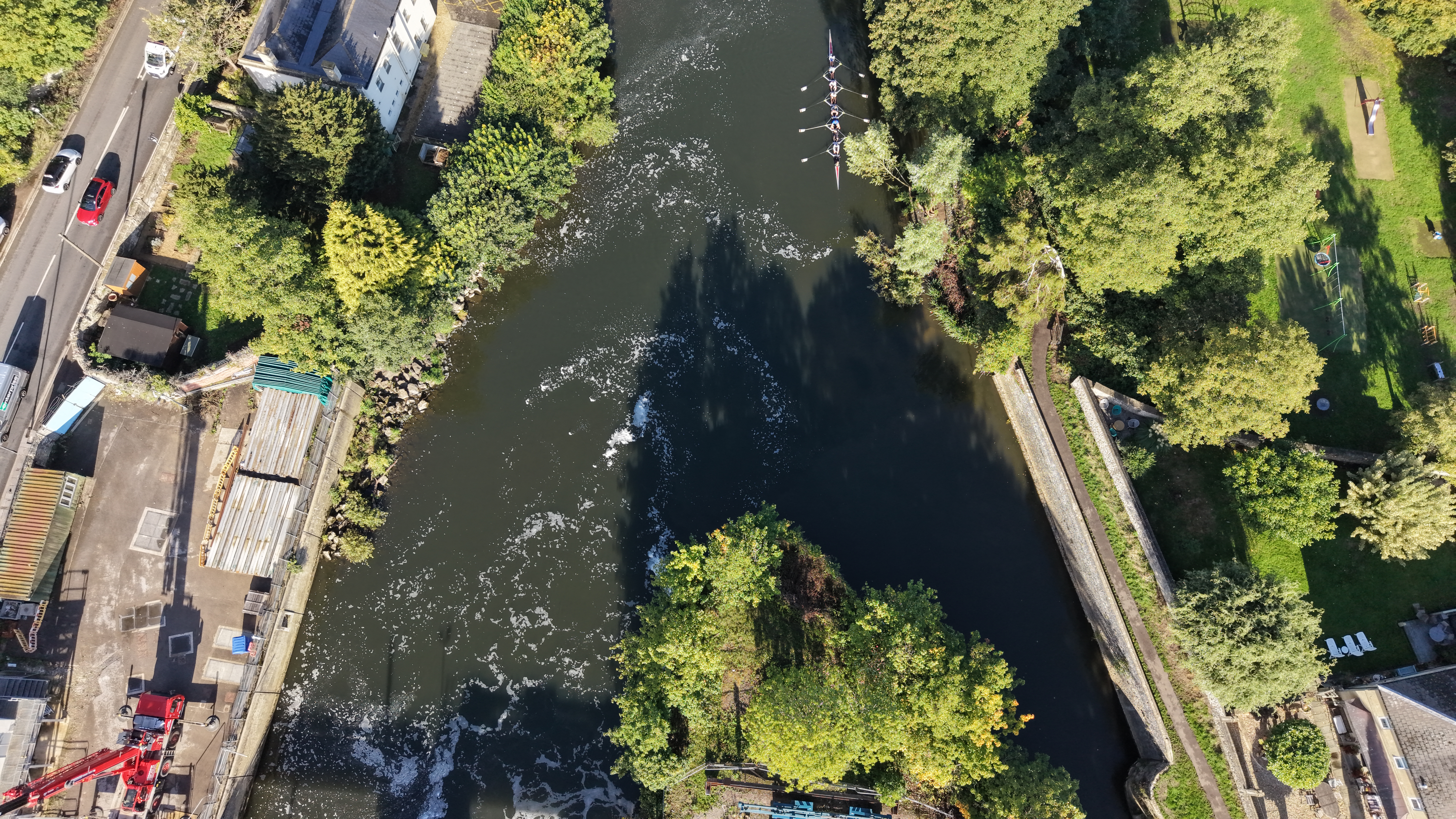
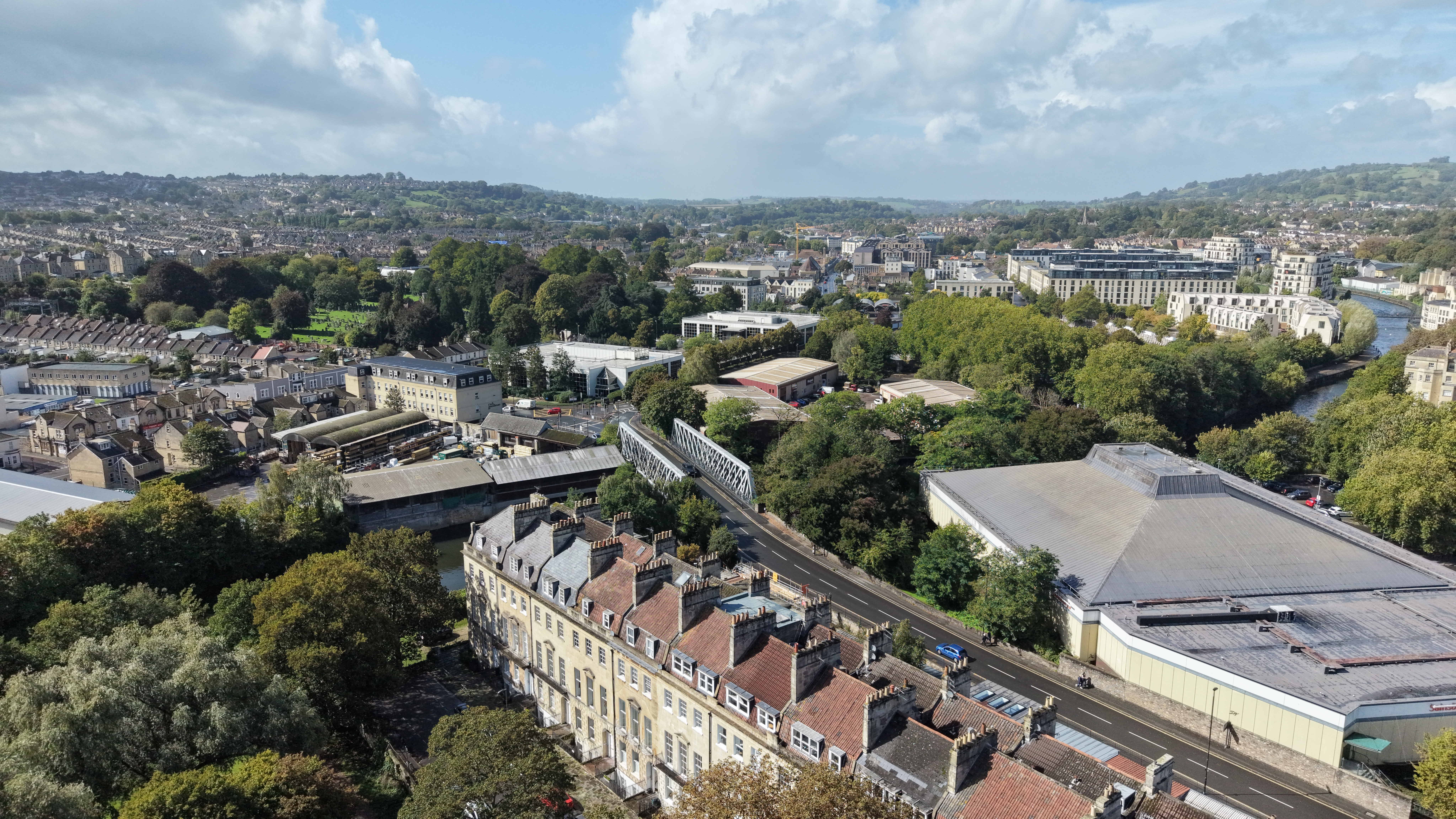
Unlike most mini drones, the DJI Mini 5 Pro features a large 1-inch sensor, which means it’s capable of capturing more light and creating brighter images with improved color accuracy. It captures detailed 50MP stills, and you can see a few sample images in the gallery above. Greens are vivid and lots of detail has been captured in the highlights and shadows.
The drone can take RAW photos too for more creative freedom in post-production but for those who don’t care much about that, straight-out-of-camera JPEGs look gorgeous too.
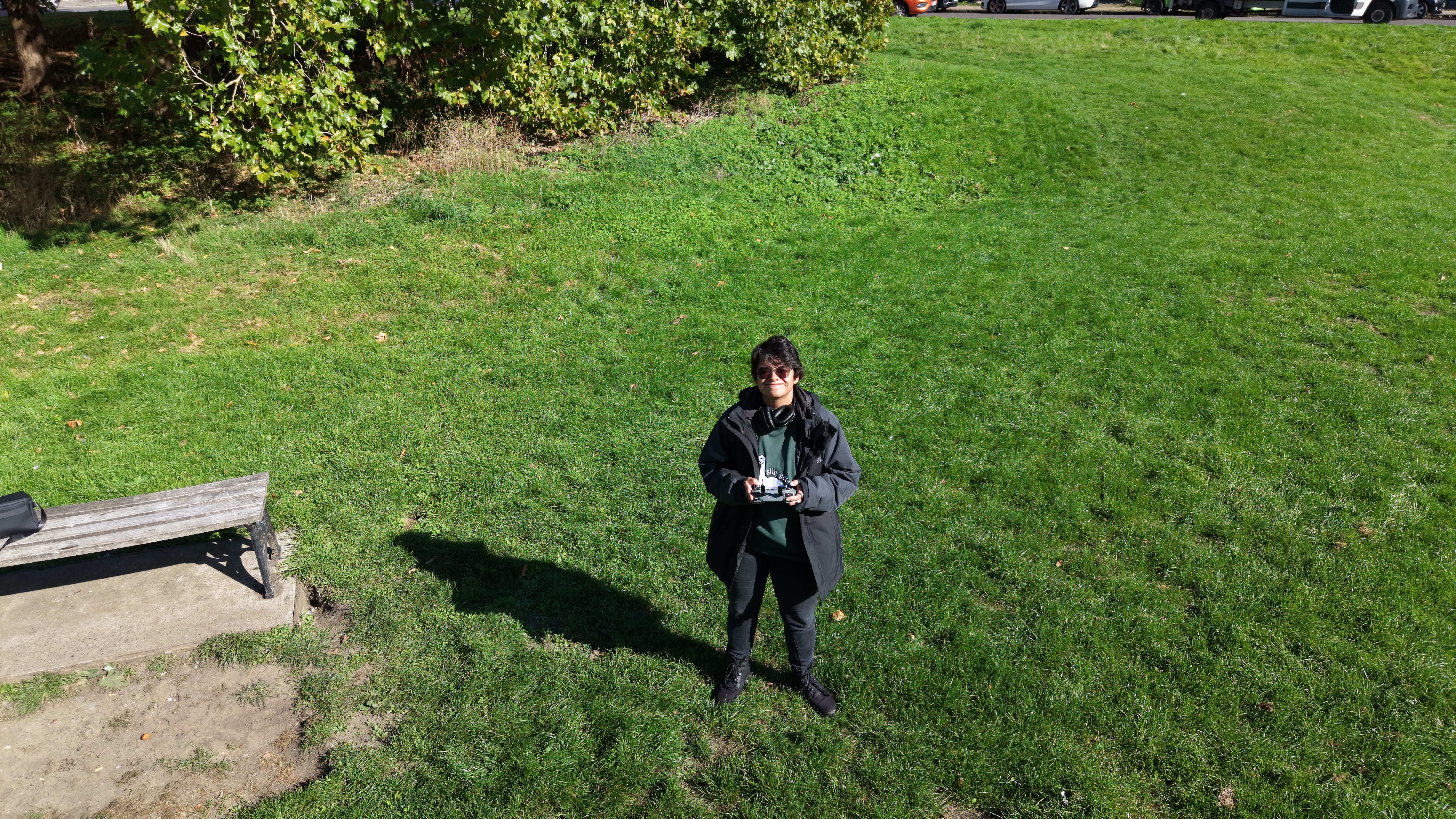
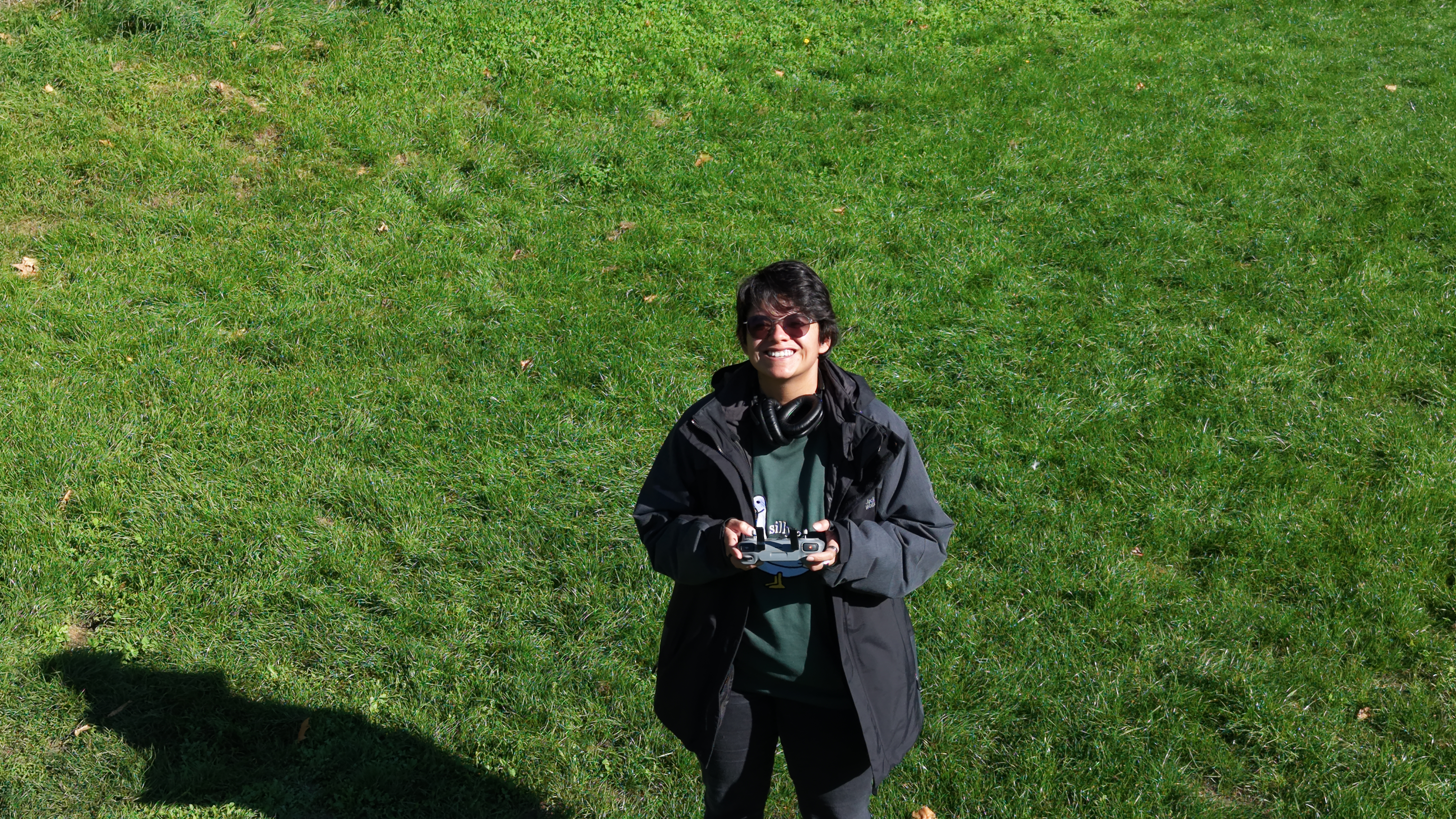
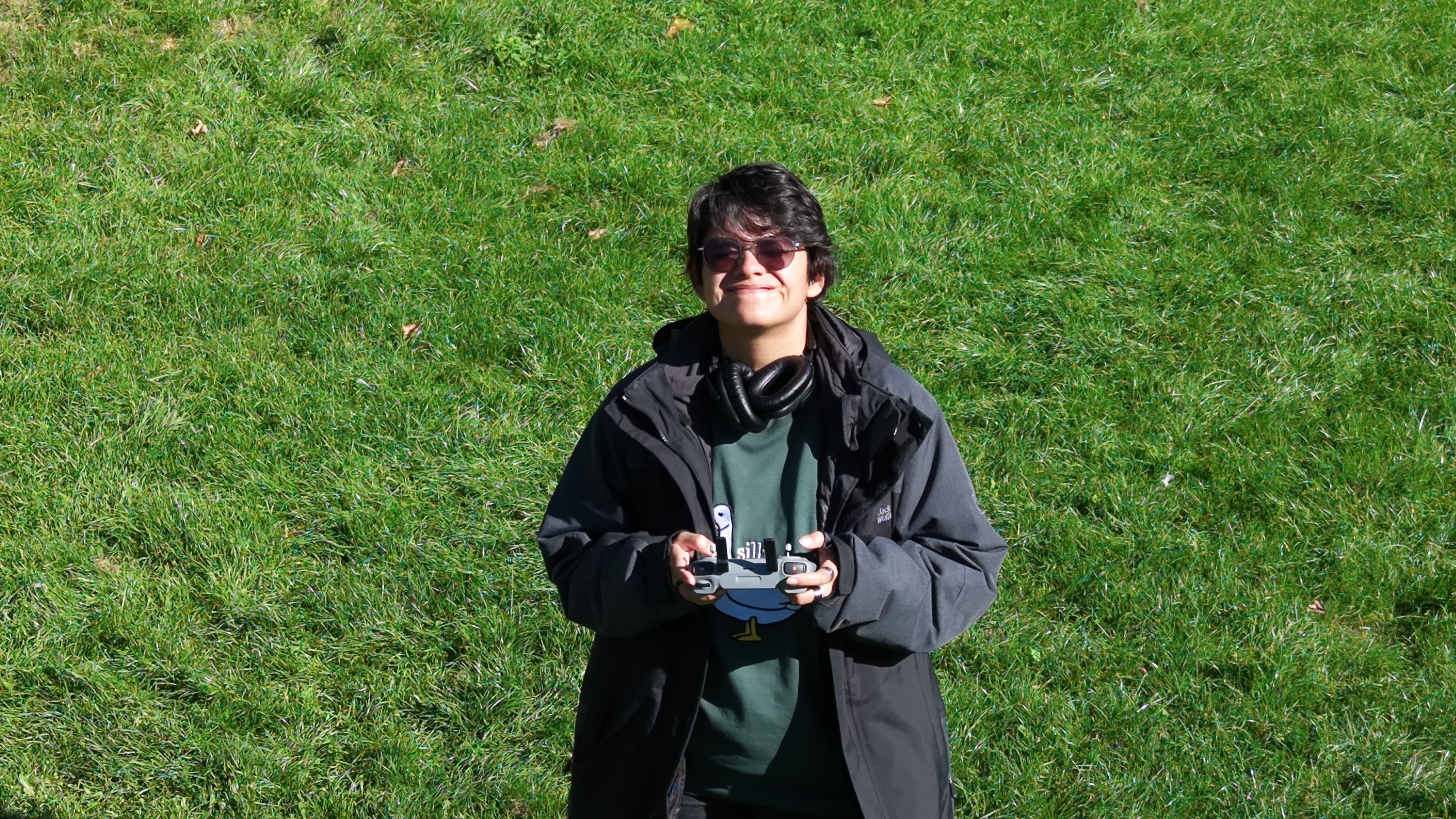
You also get access to a 2x and 3x digital zoom when shooting images. To demonstrate the difference, I stood in the same spot and took three photos, as can be seen in the gallery above (1x, 2x and 3x). There’s a minute loss in detail at 3x zoom (third slide), as the edges of my jacket appear a bit fuzzy, but the photo isn’t unusable at all.
Low-light performance is stellar too. The city lights in the photo above have been captured well, and I like that the red light atop the crane isn’t blown out. I love that you can see the dark clouds’ outlines too. Grain doesn’t ruin the photo either, as it does when using a drone with a smaller sensor, such as the DJI Flip with its 1/1.3-inch sensor.
DJI Mini 5 Pro review: Video quality
The DJI Mini 5 Pro is a formidable drone when it comes to video quality. As I mentioned up top, it can record 4K/60fps video which looks stunning with faithful color reproduction. You can see sample footage above. I love the vivid greens and the darker shades of blue and black in the water. The water’s movement is smooth and fluid as well, which is gorgeous.
Thanks to the rotating gimbal, you can shoot vertical 9x16 video too. This is an added benefit for content creators or enthusiasts who like sharing their videos on, say, Instagram Reels or YouTube Shorts as you don’t need to crop it in post-production.
If you’re shooting in 4K, you get a 1x-3x digital zoom, and a 1x-4x digital zoom when shooting in FHD. You, of course, lose some of the finer details in color when zooming in — such as the grass appearing ever-so-slightly yellow in the video above — but it’s nice having the flexibility to do so if you want to capture something in the distance. I appreciate that the text on my jumper is still discernible even when zoomed in at 3x.
As with most other recent DJI drones, the Mini 5 Pro can shoot in 10-bit 4:2:0 D-Log M, which means it can capture 1.07 billion individual hues and up to 14-stops of dynamic range, giving you more freedom for color grading. The video above shows what the RAW footage looks like.
DJI’s array of QuickShot modes — such as Rocket, Follow, Asteroid, etc. — is also available for drone pilots who want to create short videos without thinking too much about composition and framing. The Mini 5 Pro utilizes ActiveTrack 360º to perform movements around subjects, both animate and inanimate.
I always love playing around with QuickShot modes as they take the guesswork out of aerial videography. As always, the drone returns to its takeoff position once it’s done recording.You can see a couple examples in the compilation above.
As with images, the Mini 5 Pro excels at recording video in low-light environments, thanks to its 1-inch sensor, as you can see in the footage above which isn’t very noisy (aside from the light pollution from the city lights). Also, having advanced obstacle avoidance in the dark helped me fly more confidently, even though I didn’t do any crazy tricks. Having the reassurance that the drone would return to me even if it lost its GPS signal gave me peace of mind.
DJI Mini 5 Pro review: Battery life
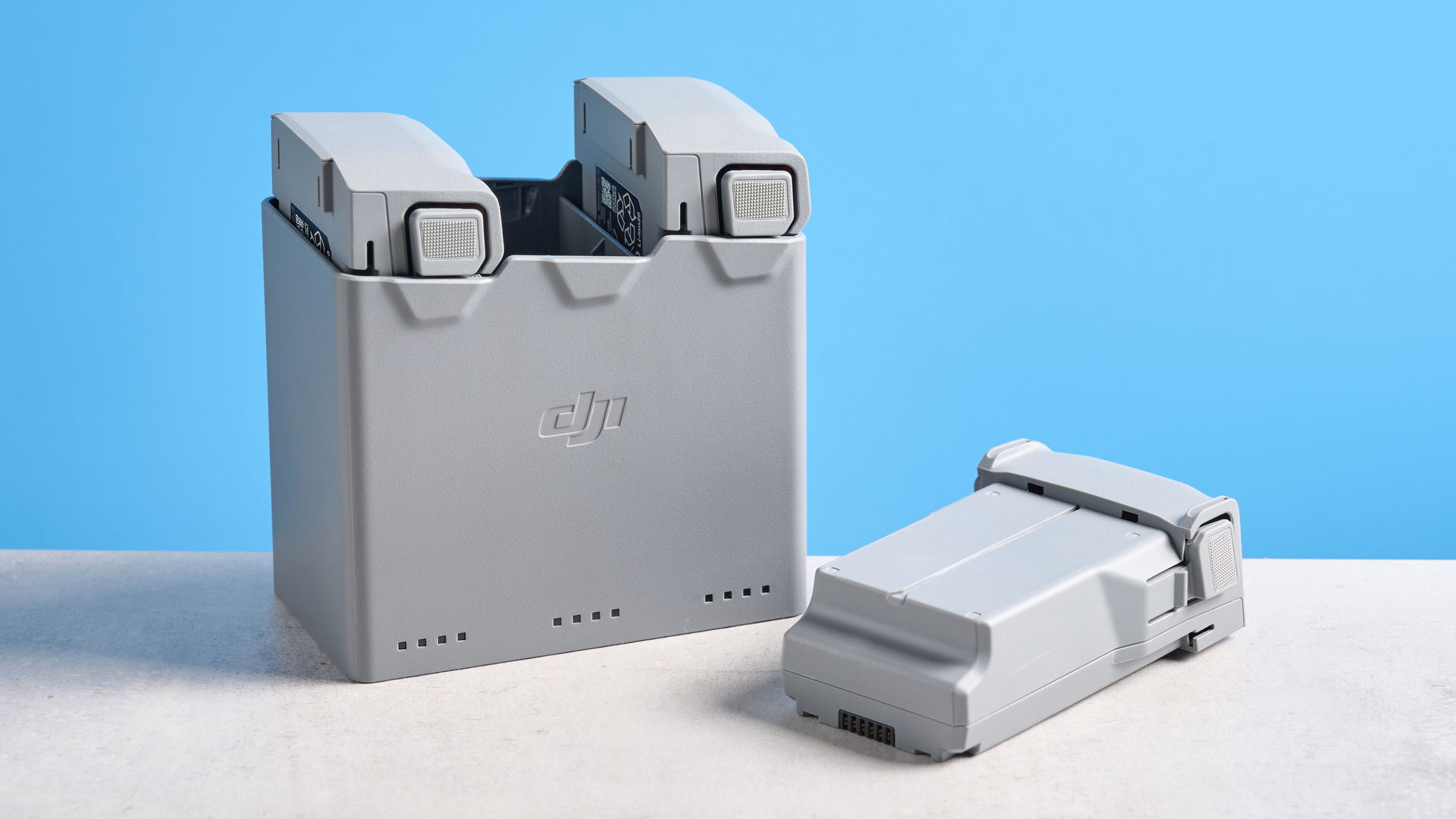
There isn’t a huge difference between the DJI Mini 5 Pro’s and the DJI Mini 4 Pro’s maximum flight times. Using an Intelligent Flight Battery, the Mini 5 Pro can fly for 36 minutes which is only two minutes longer than the Mini 4 Pro. This gets bumped up to 52 minutes versus 45 minutes when using an Intelligent Flight Battery Plus. Battery life will, of course, take a hit depending on the drone’s speed, firmware version, wind conditions and temperature.
I’ve been using Intelligent Flight Batteries to test the Mini 5 Pro and on a windless day when I was flying the drone away and then back to me, I got approximately 35 minutes between charges which isn’t bad at all. The Mini 5 Pro’s flight time is longer than the DJI Flip’s (31 minutes) and the Potensic Atom 2’s (32 minutes).
DJI Mini 5 Pro review: Verdict
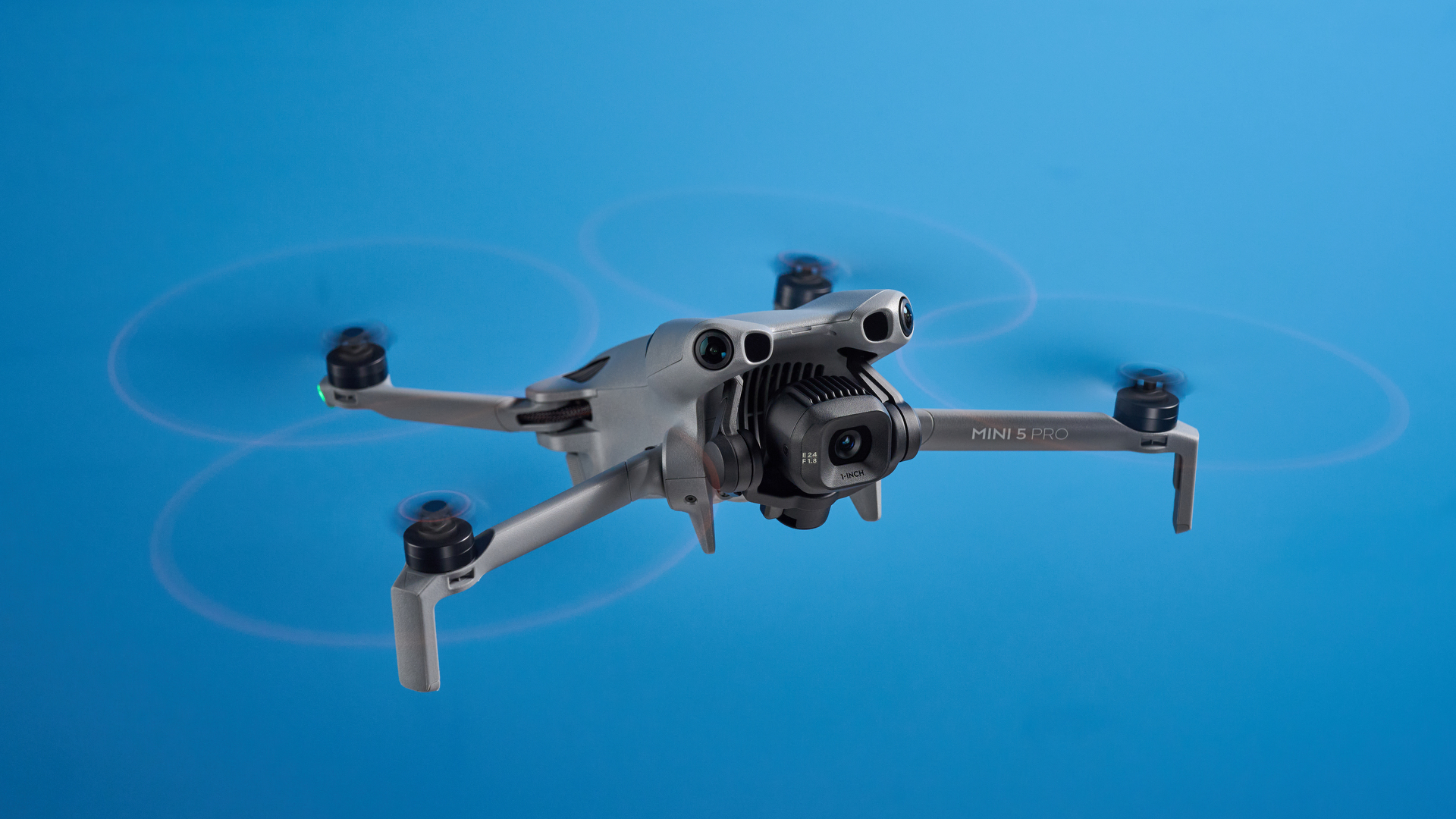
As mini drones go, the DJI Mini 5 Pro is hard to upstage. Its predecessor was already a highly capable quadcopter, and the Mini 5 Pro does nothing but improve on it. Its 1-inch sensor captures lots of detail to produce bright images, even in low-light conditions. Color reproduction is fantastic in 50MP images as well as 4K/60fps video.
Obstacle avoidance has received a huge upgrade thanks to forward-facing LiDAR which helps the drone fly in dimly lit environments and return home without GPS. But perhaps my favorite feature is the 225° gimbal which makes footage appear trippy and allows you to get creative. Add the ability to capture up to 14-stops of dynamic range while shooting in D-Log M and you’ve got a beast for content creation. The best part? The Mini 5 Pro remains lightweight and compact.
The Mini 5 Pro sets a new standard for drone safety and I’m sure its plethora of features will help beginner pilots feel more confident. Right now, there isn’t a better mini drone out there.

Nikita is a Senior Writer on the Reviews team at Tom's Guide. She's a lifelong gaming and photography enthusiast, always on the lookout for the latest tech. Having worked as a Sub Editor and Writer for Canon EMEA, she has interviewed photographers from all over the world and working in different genres. When she’s not working, Nikita can usually be found sinking hours into RPGs on her PS5, flying a drone (she's a licensed drone pilot), at a concert, or watching F1. Her work has appeared in several publications including Motor Sport Magazine, NME, Marriott Bonvoy, The Independent, and Metro. You can follow her photography account on Instagram here.
You must confirm your public display name before commenting
Please logout and then login again, you will then be prompted to enter your display name.
